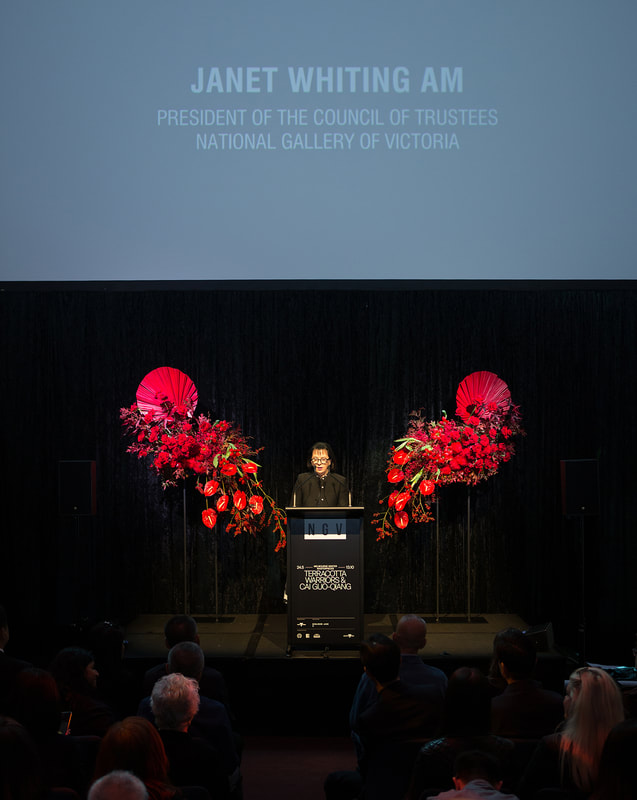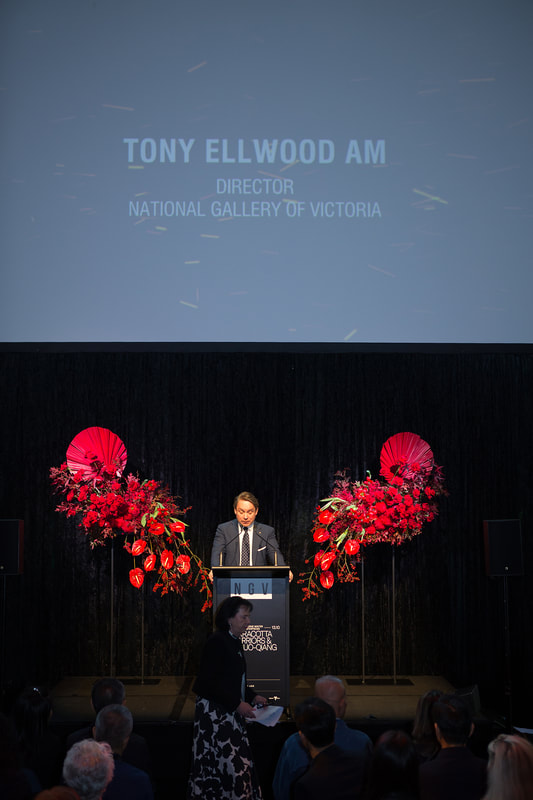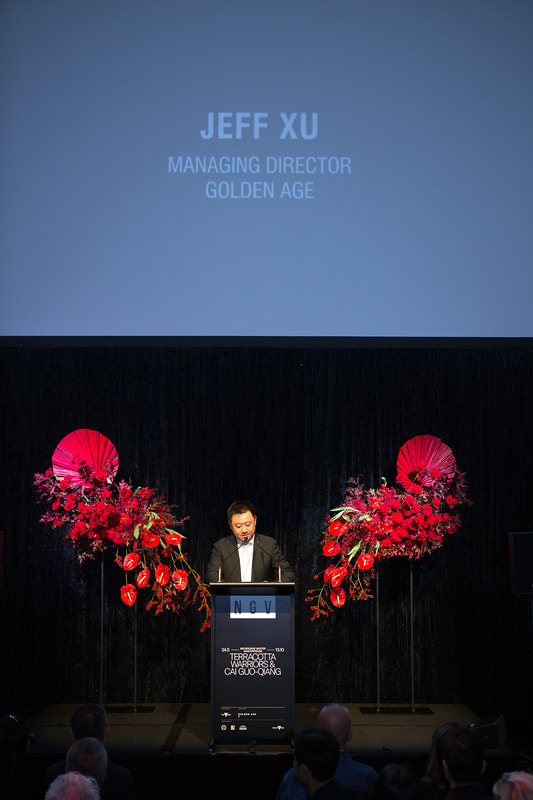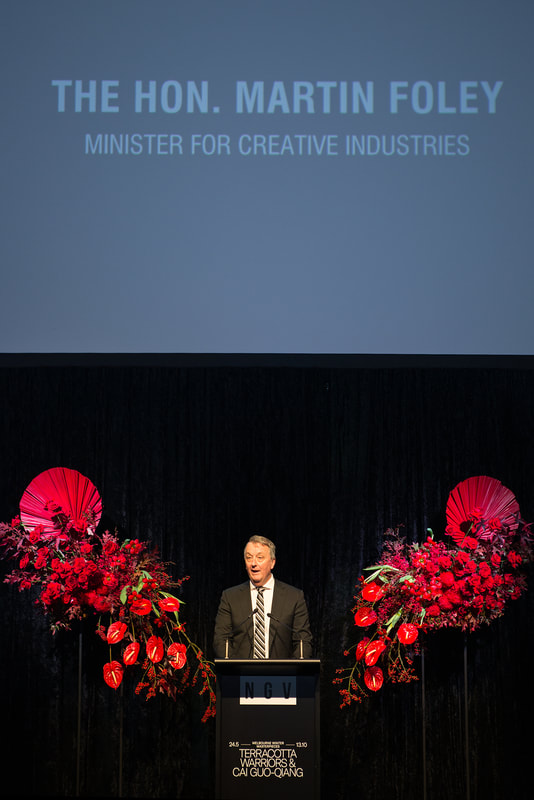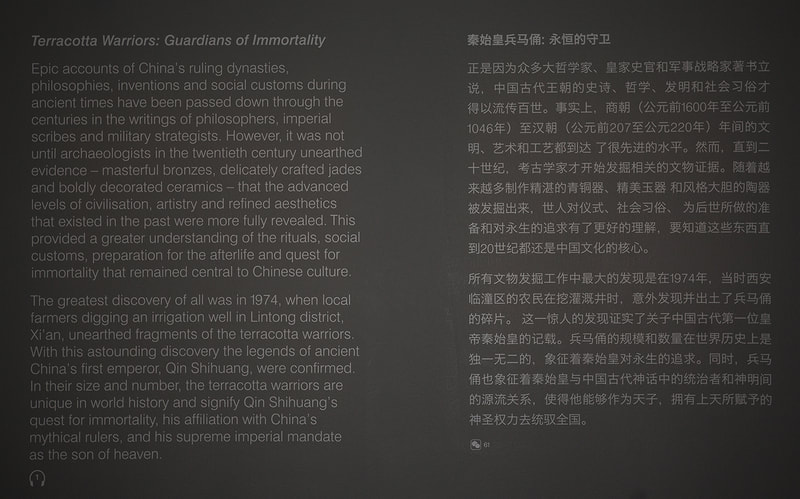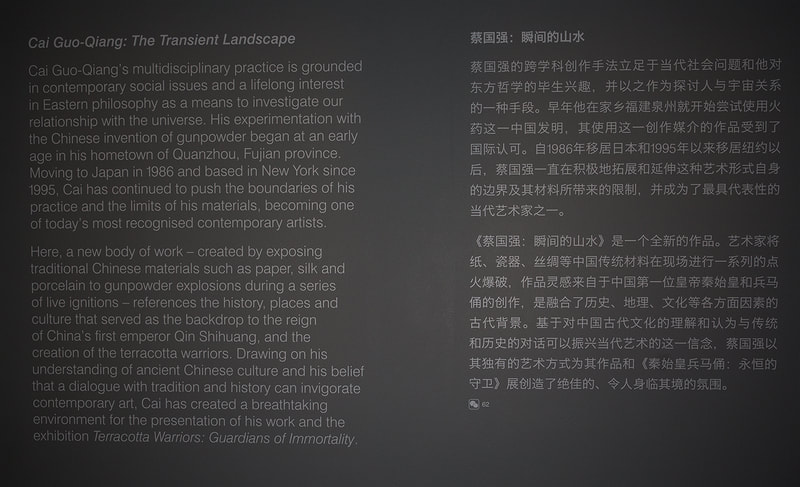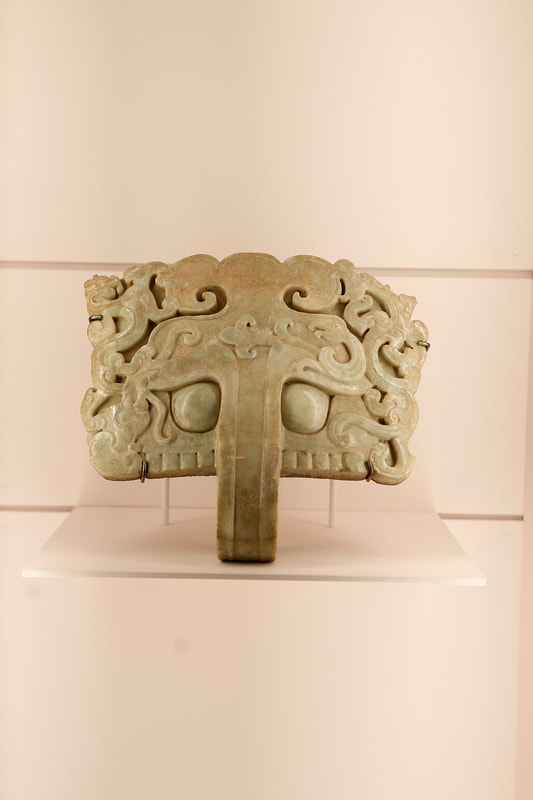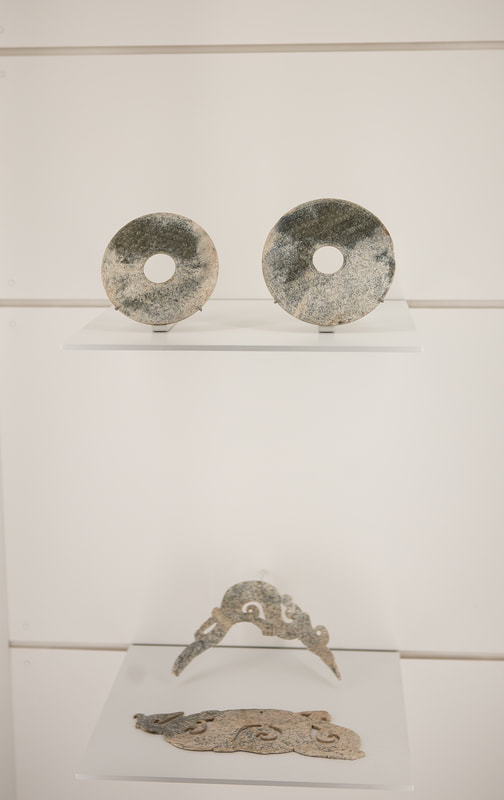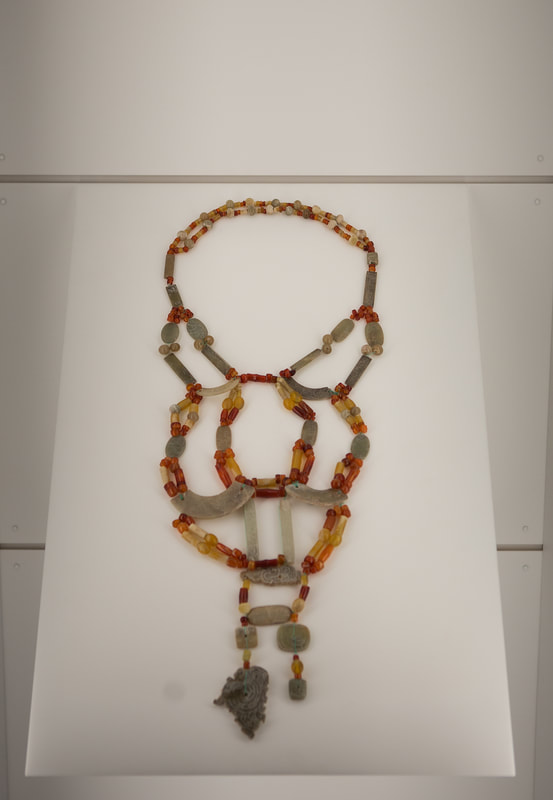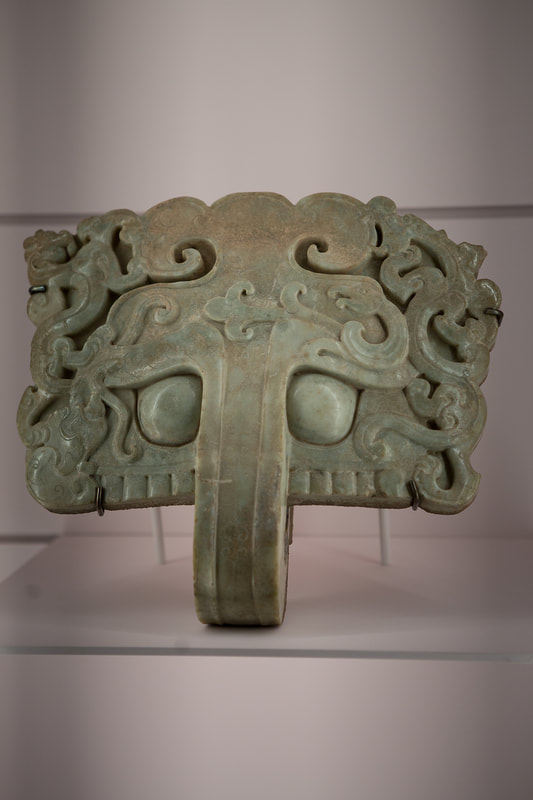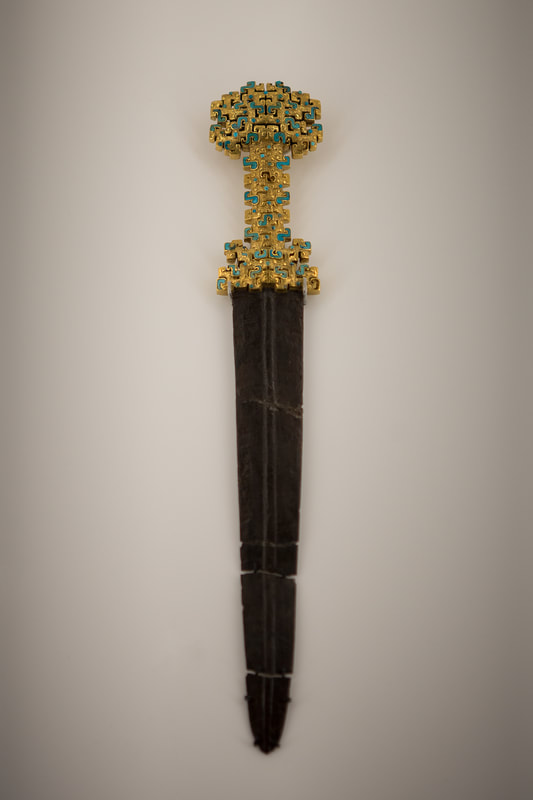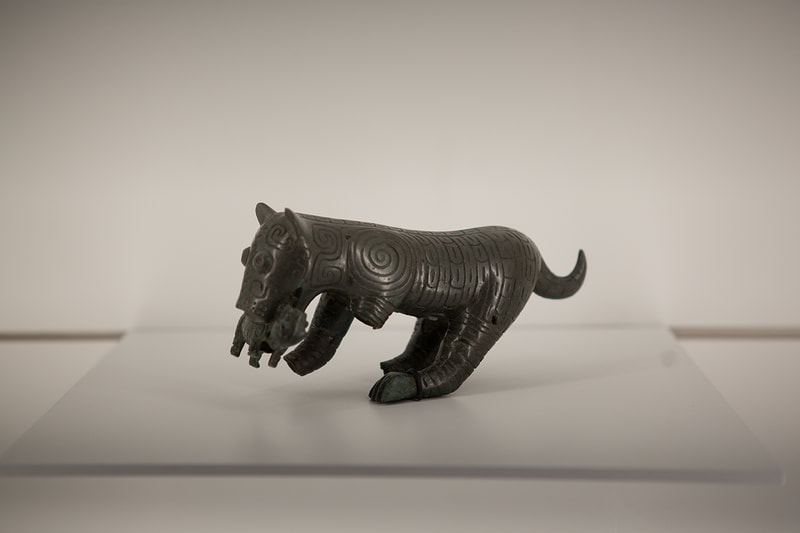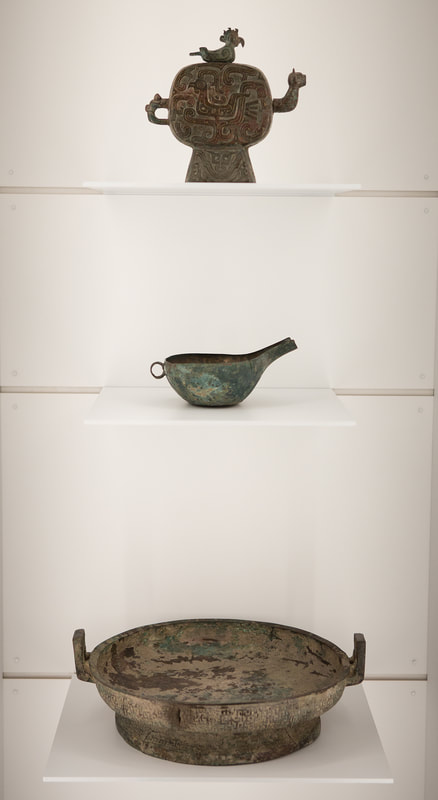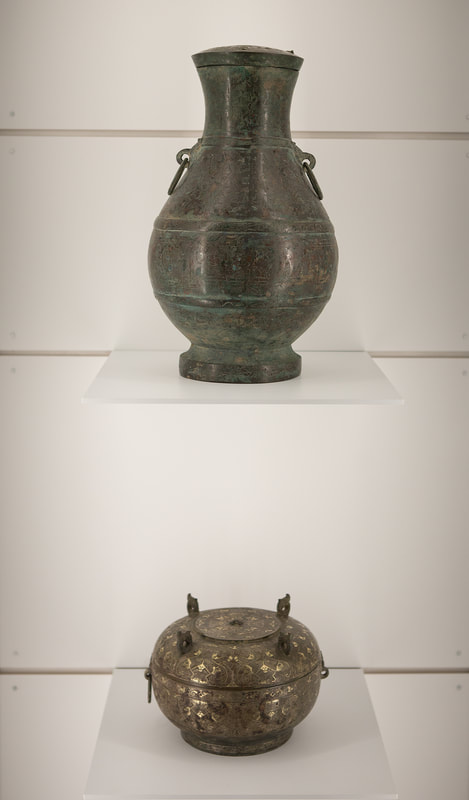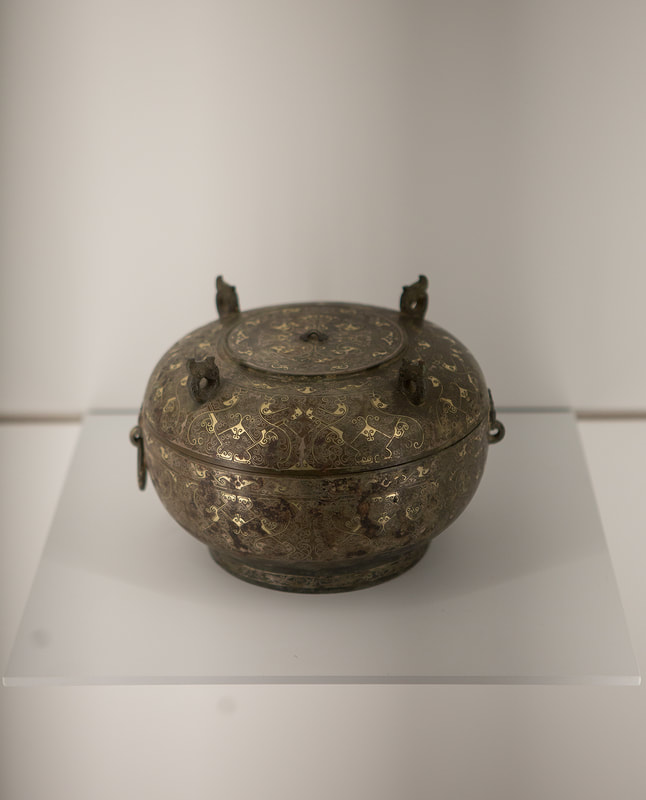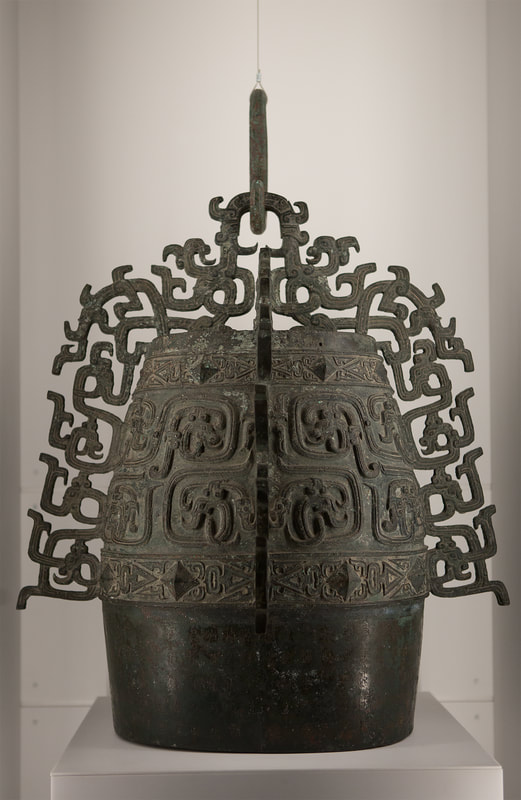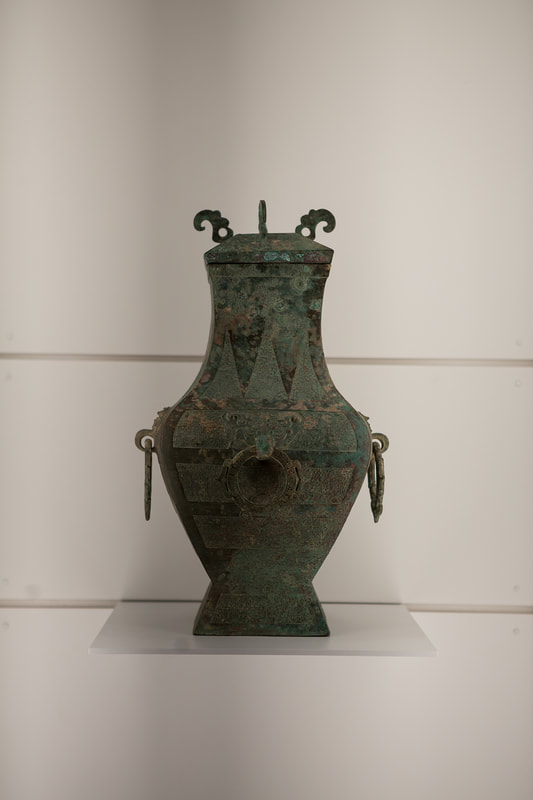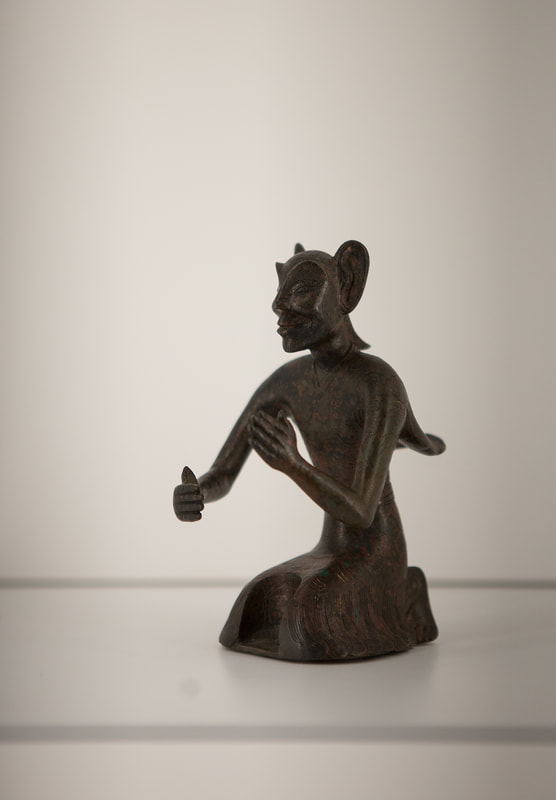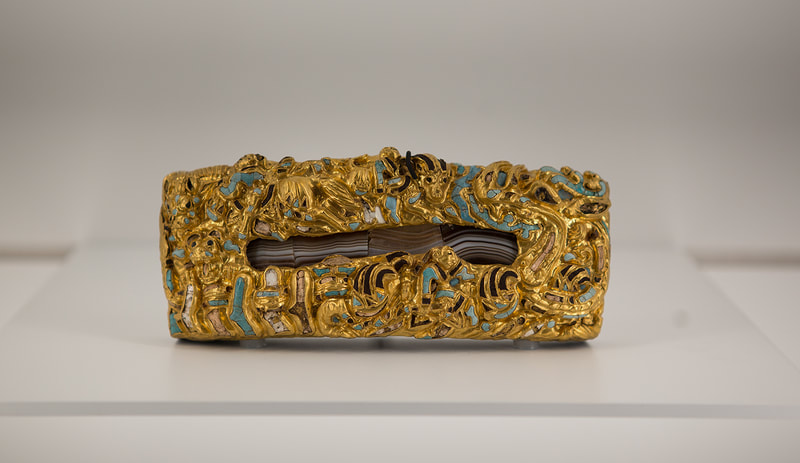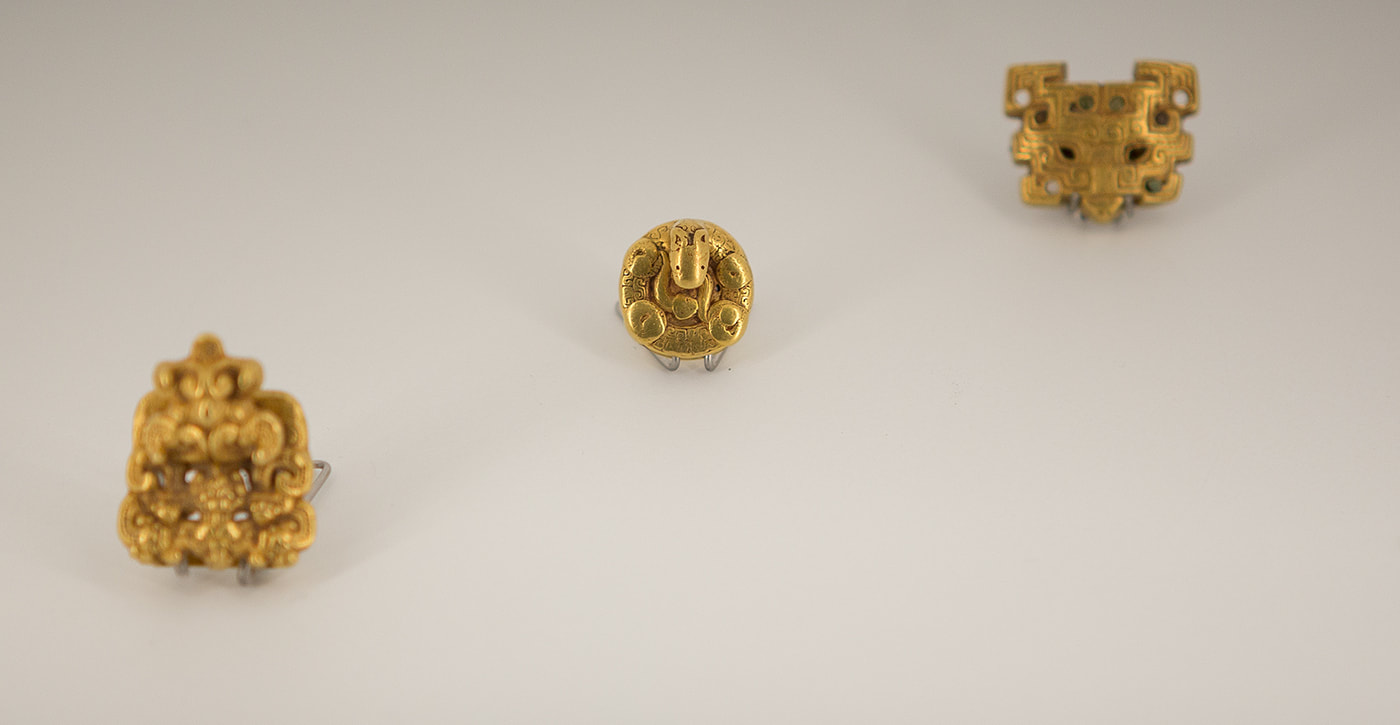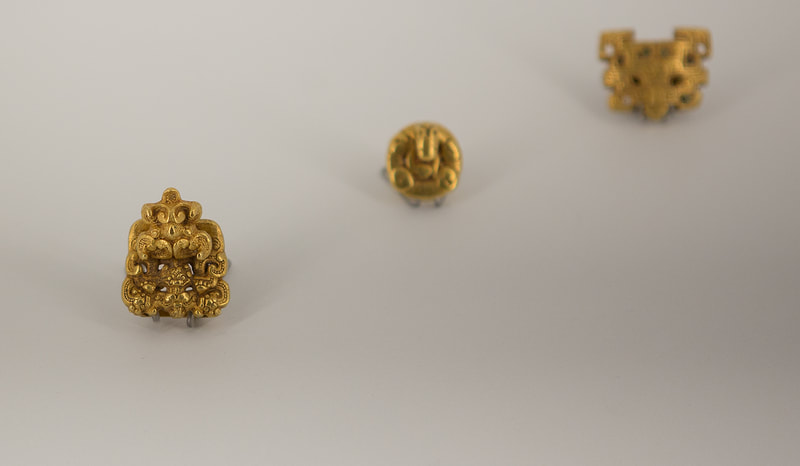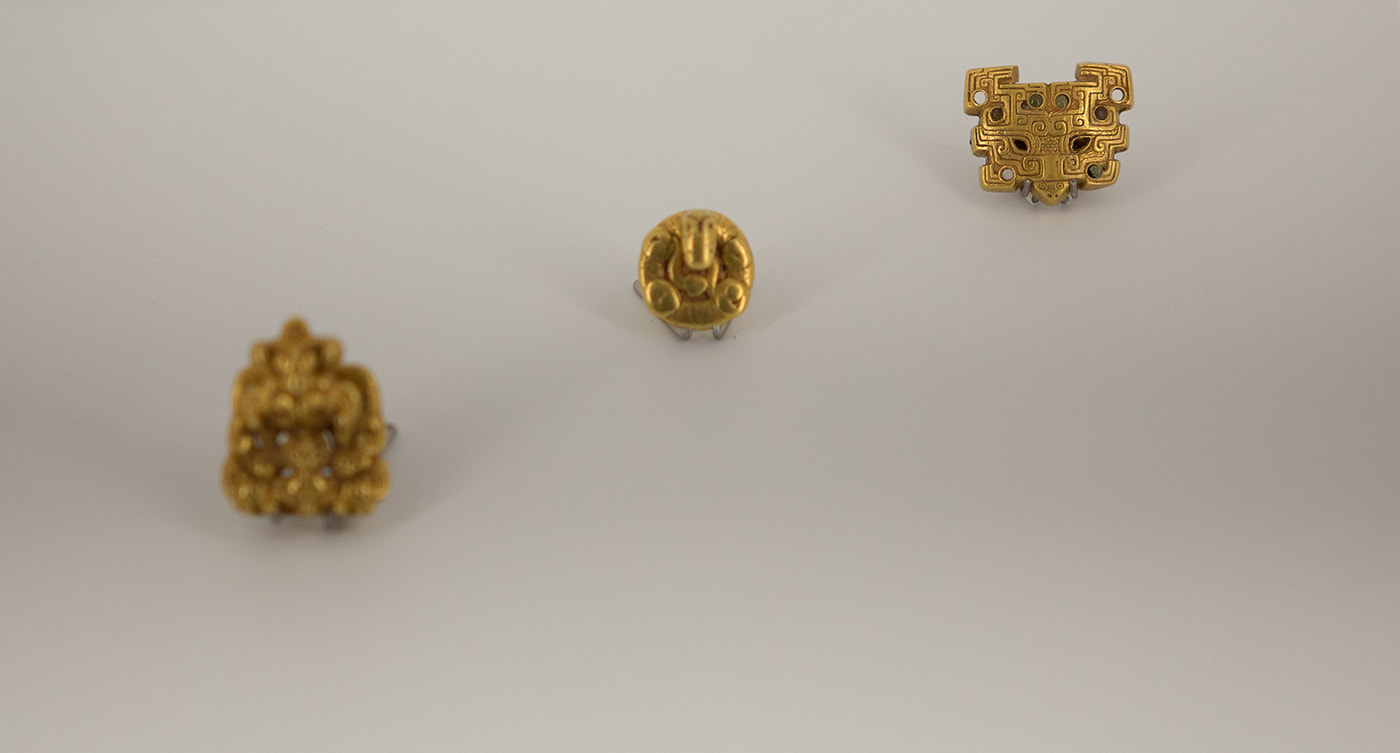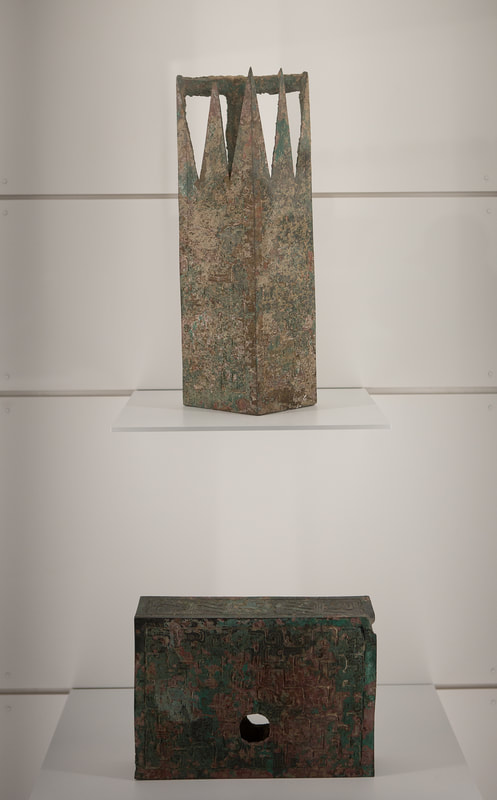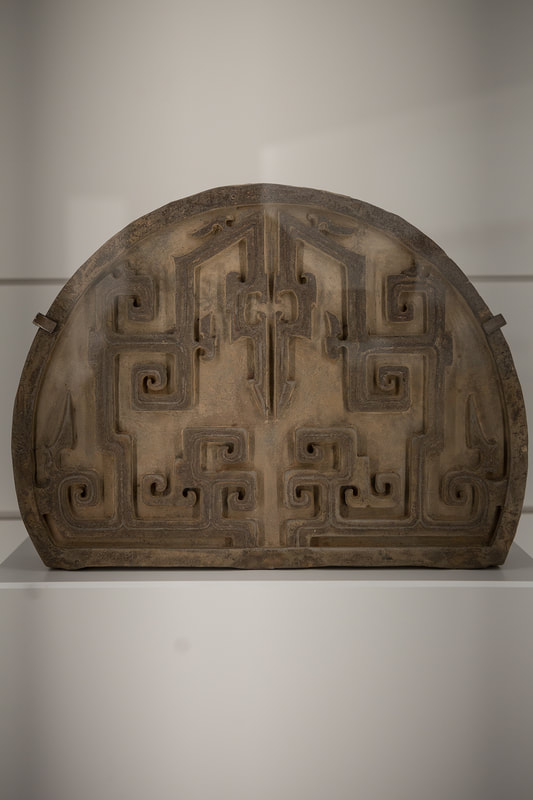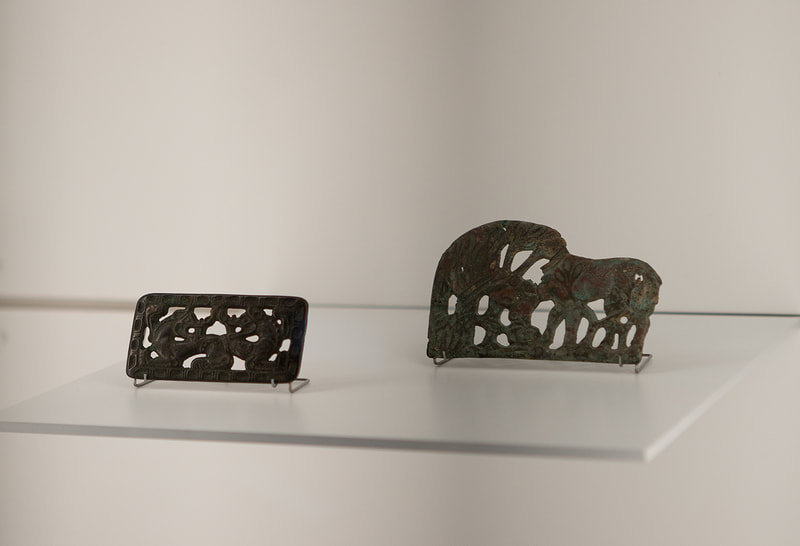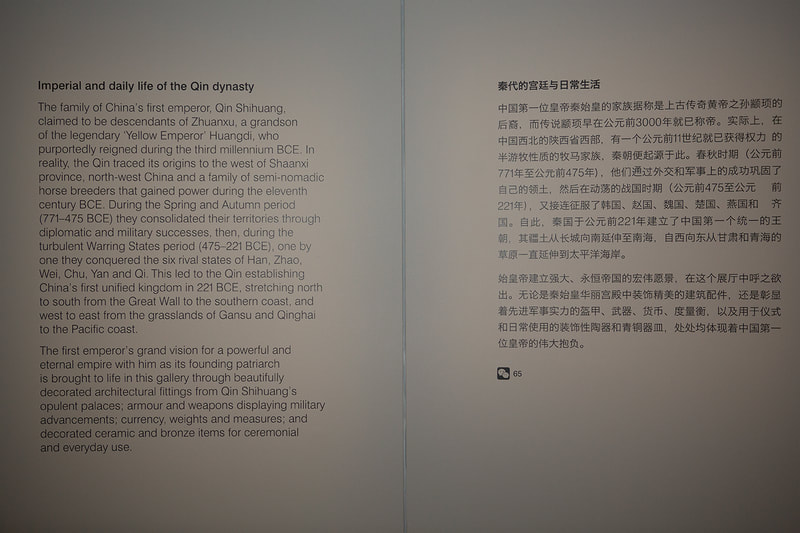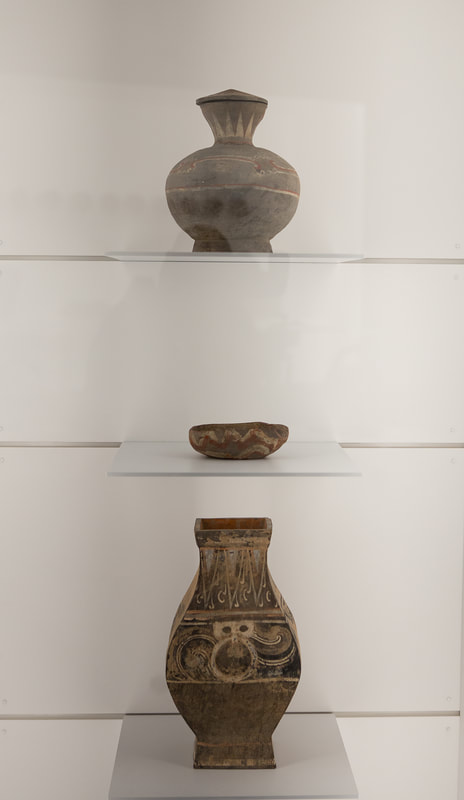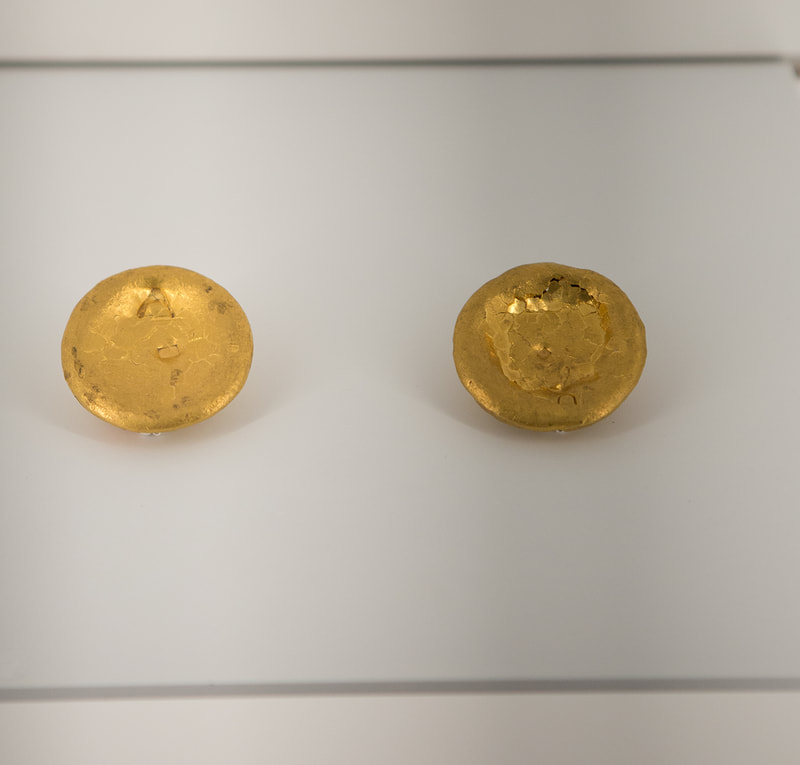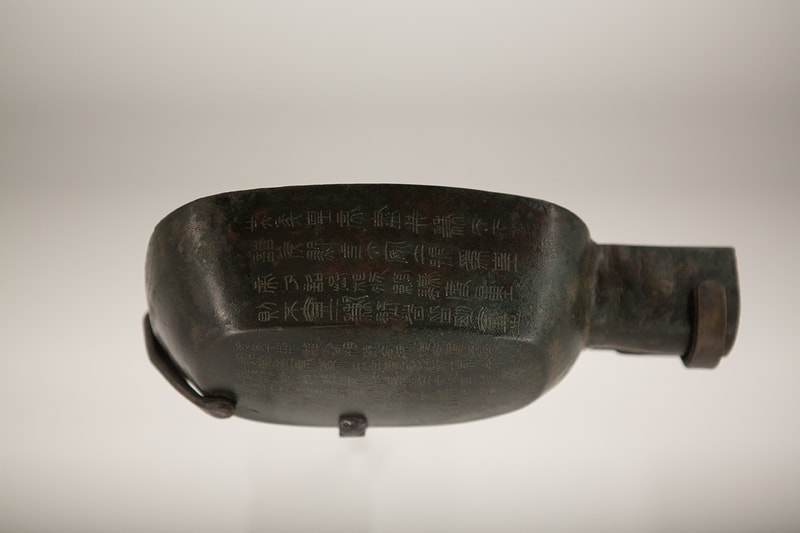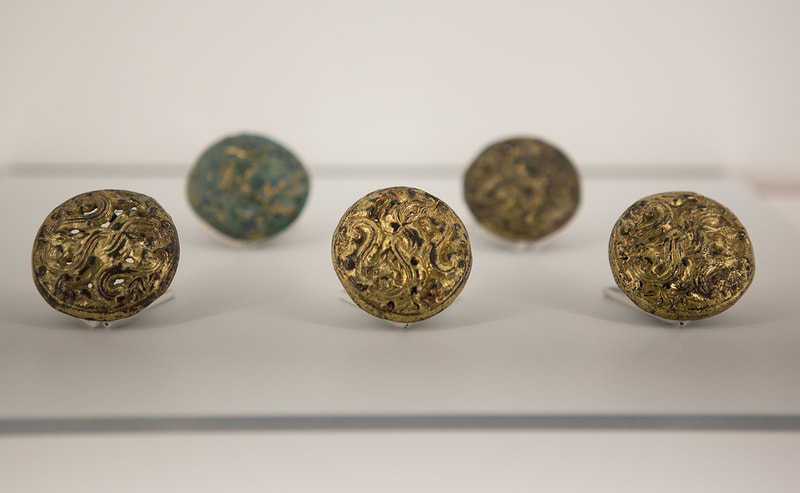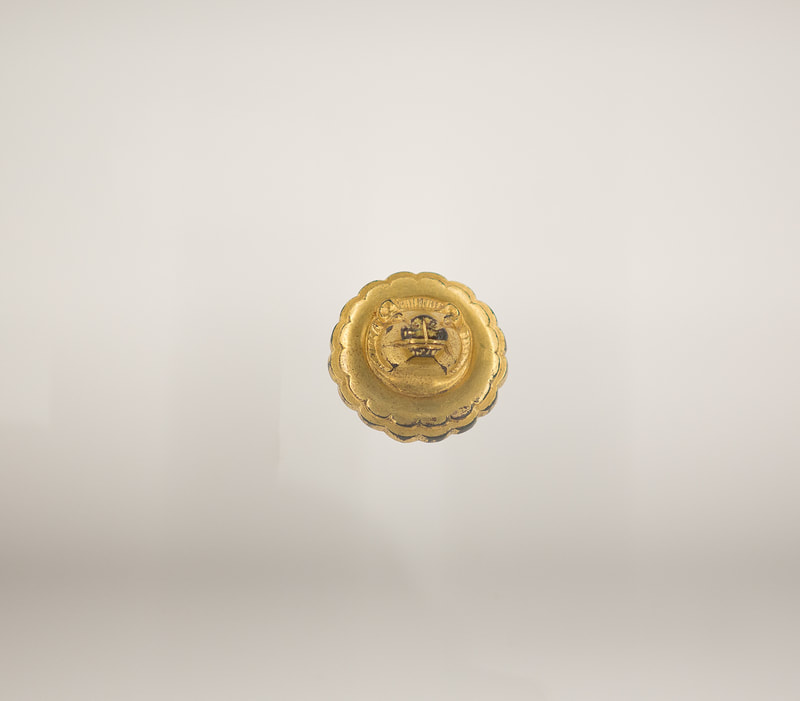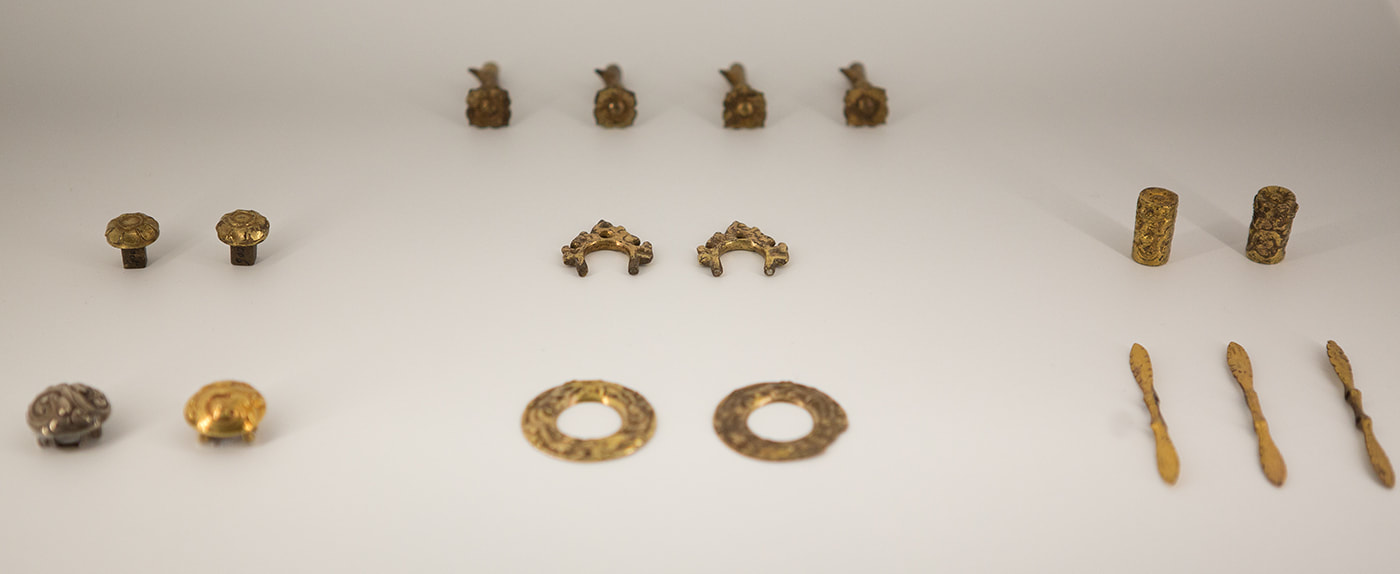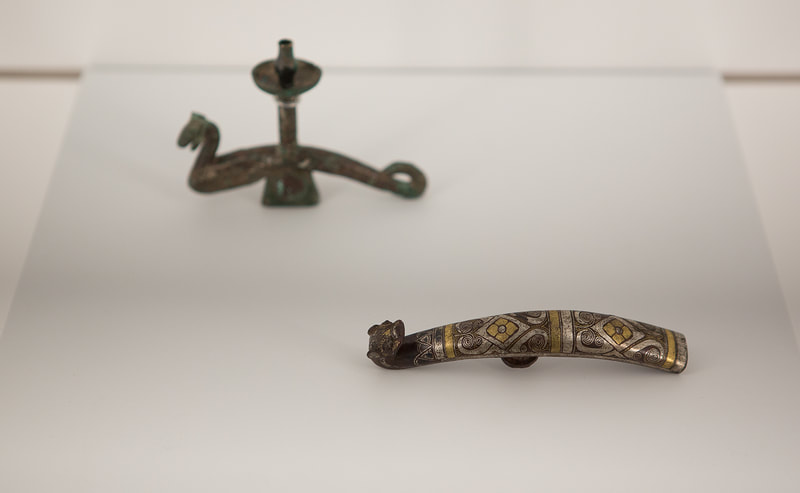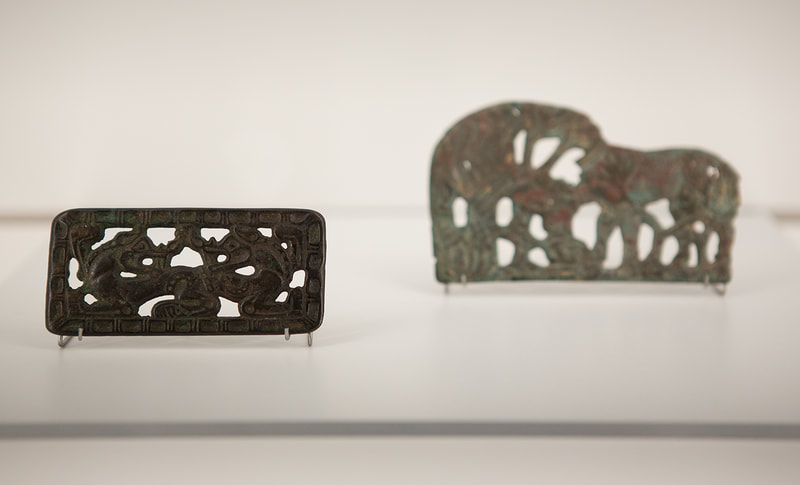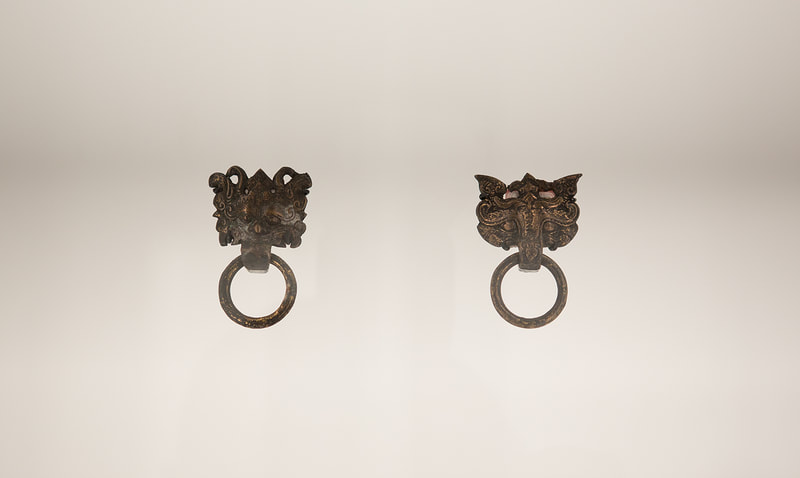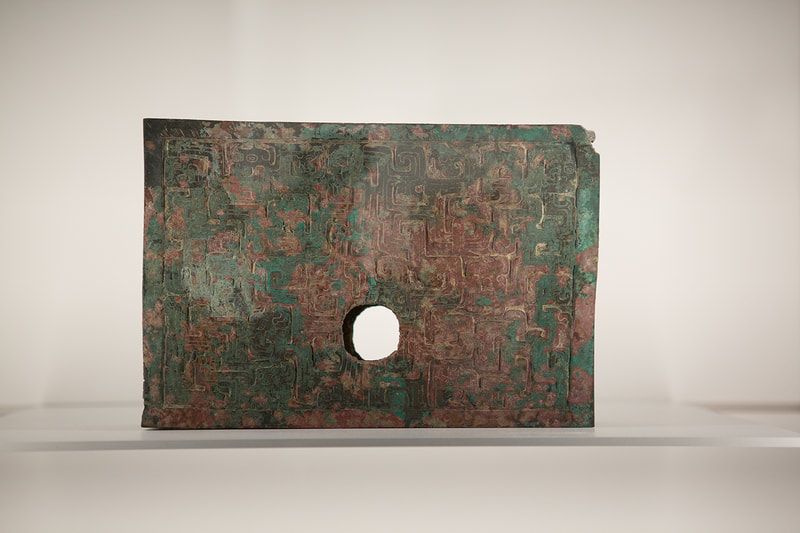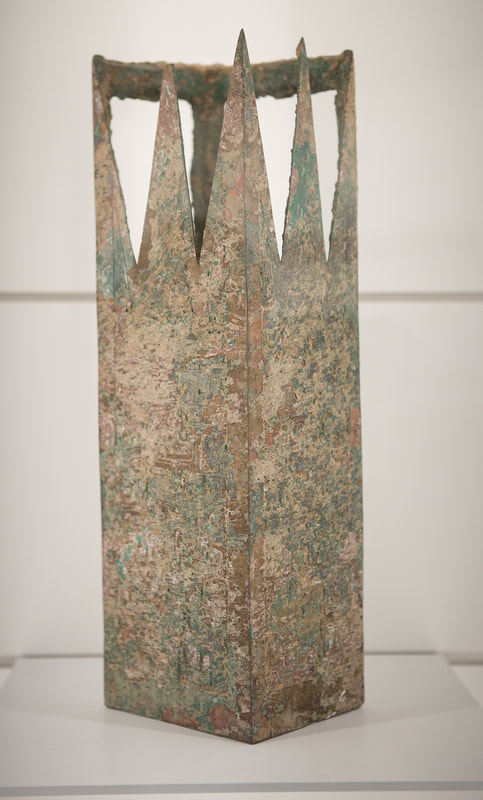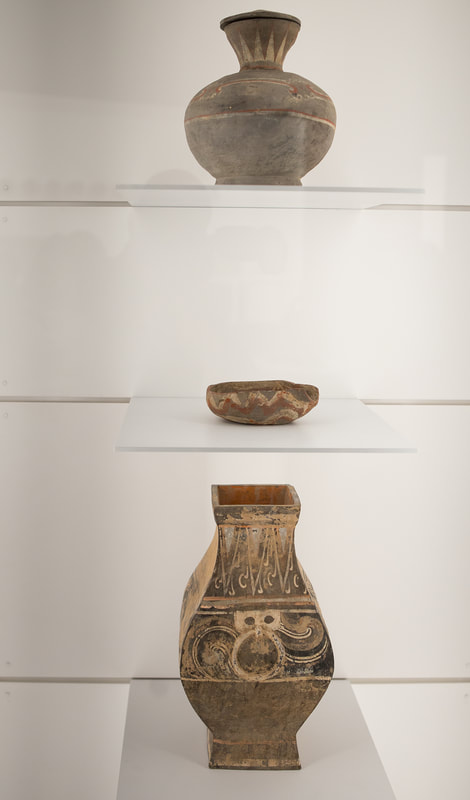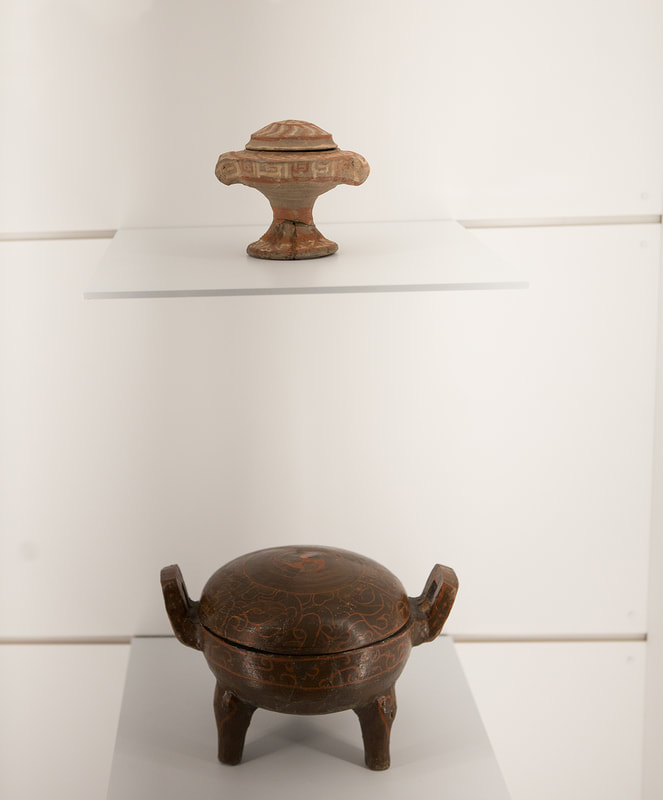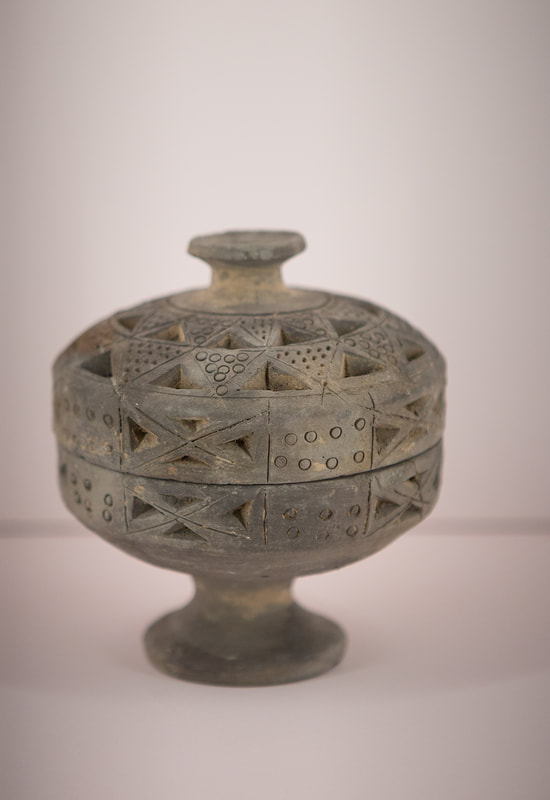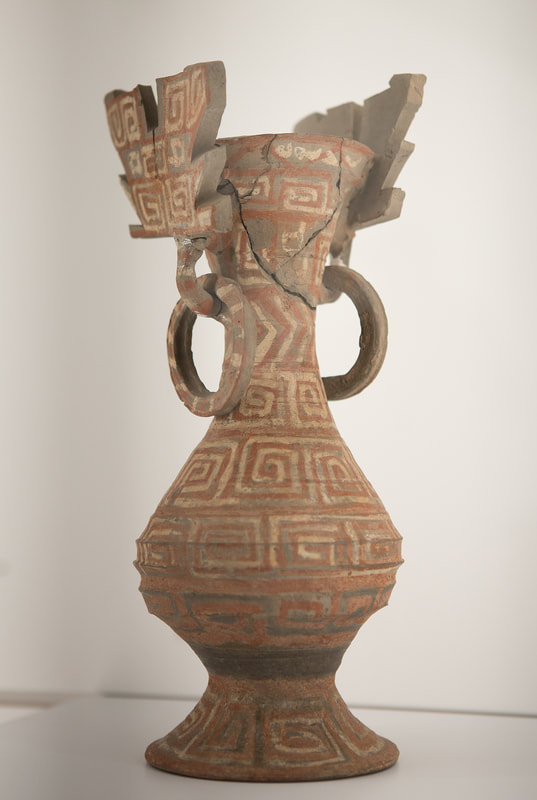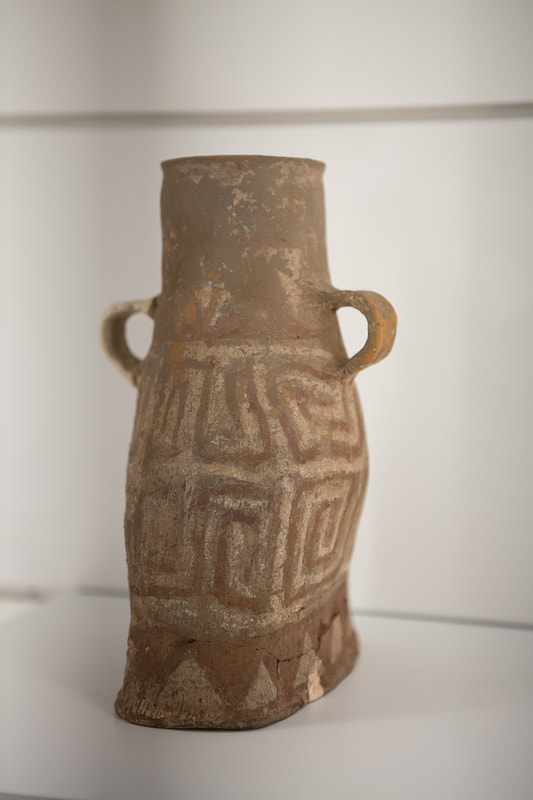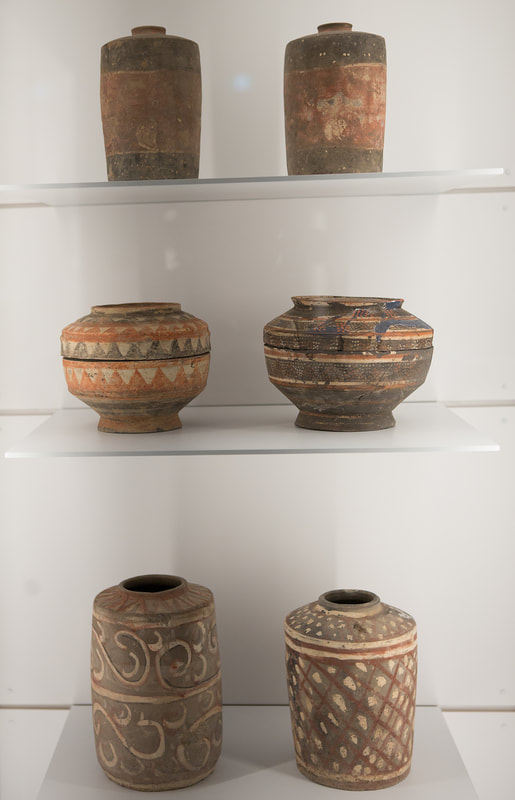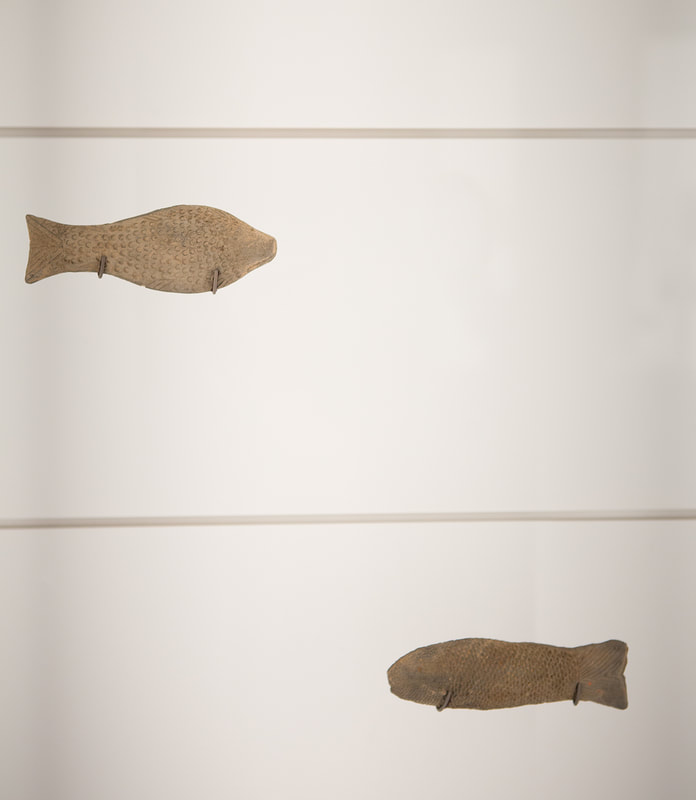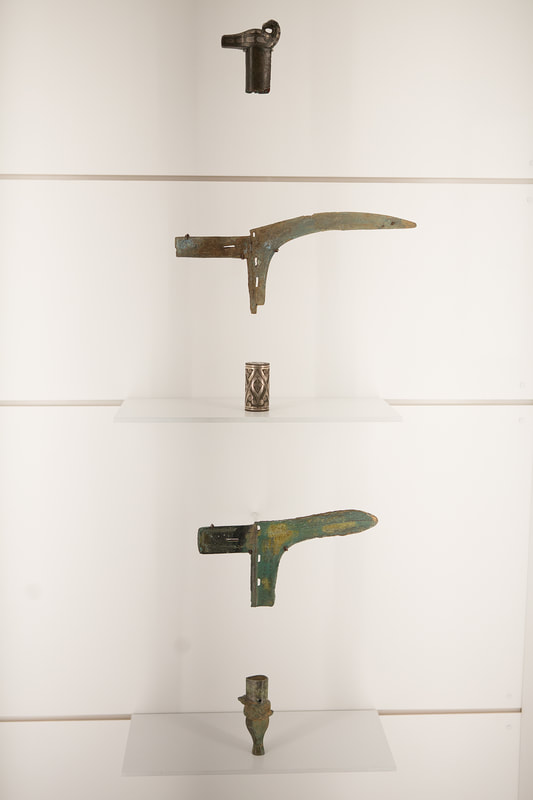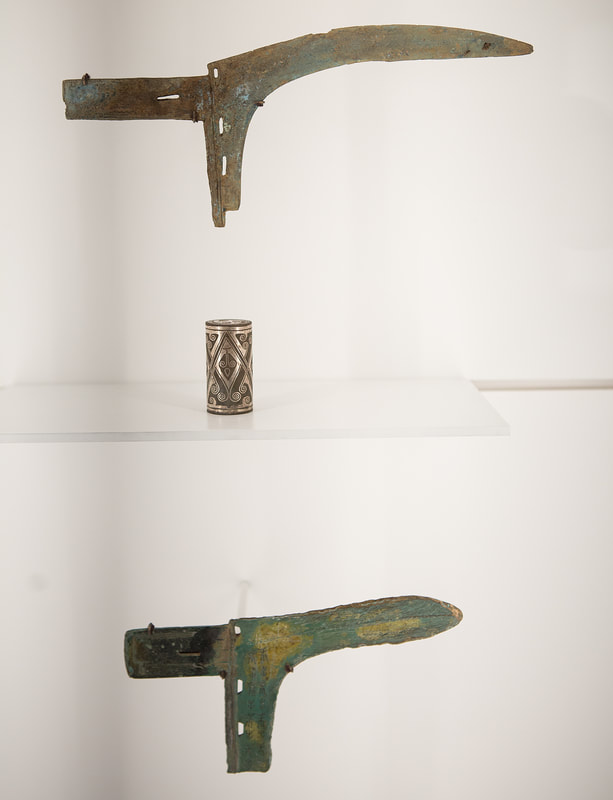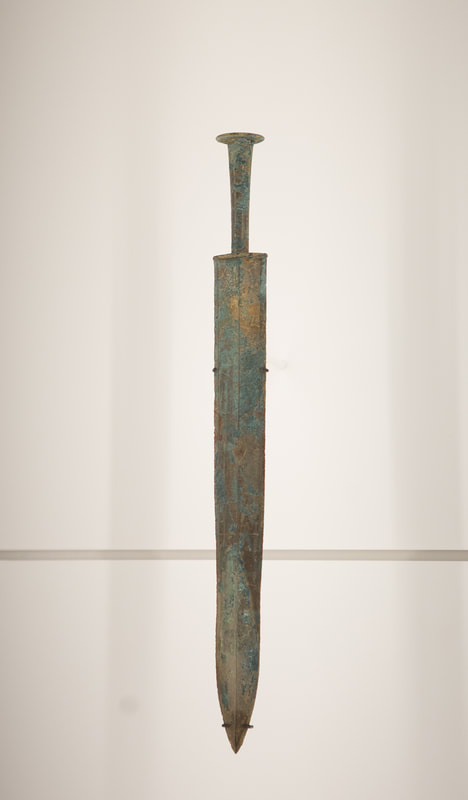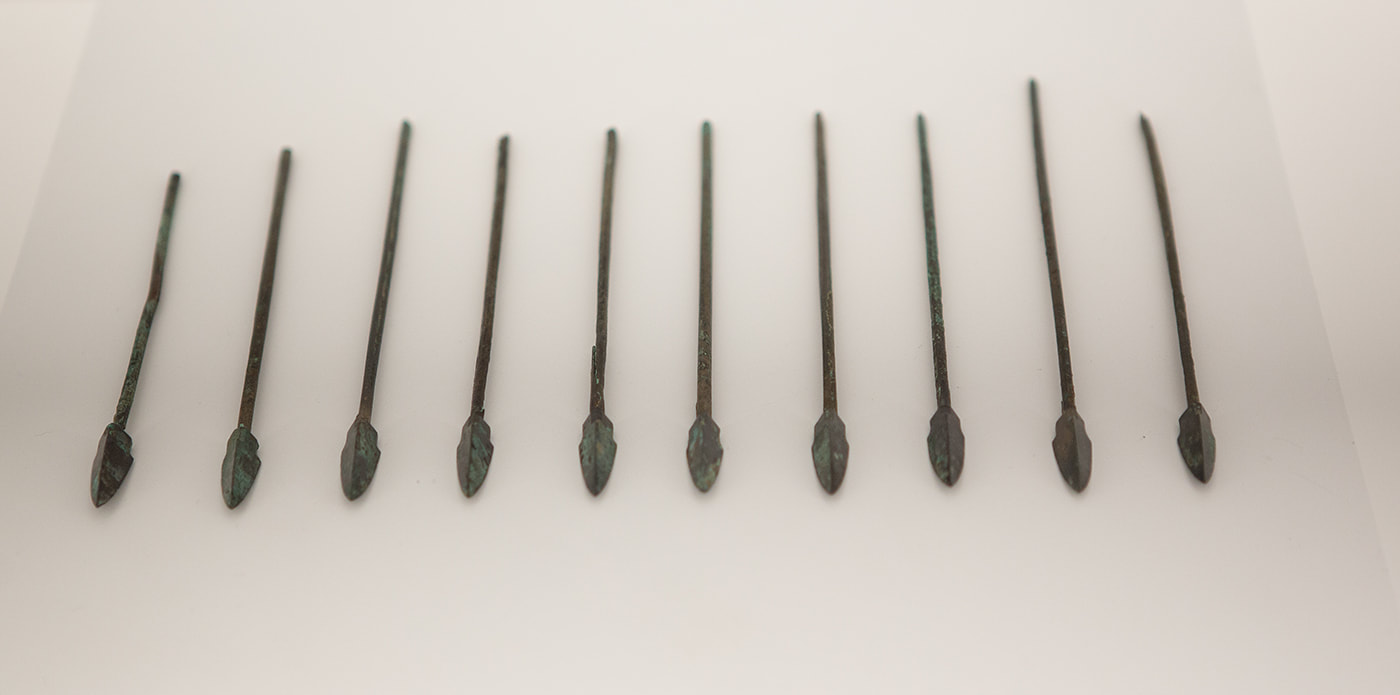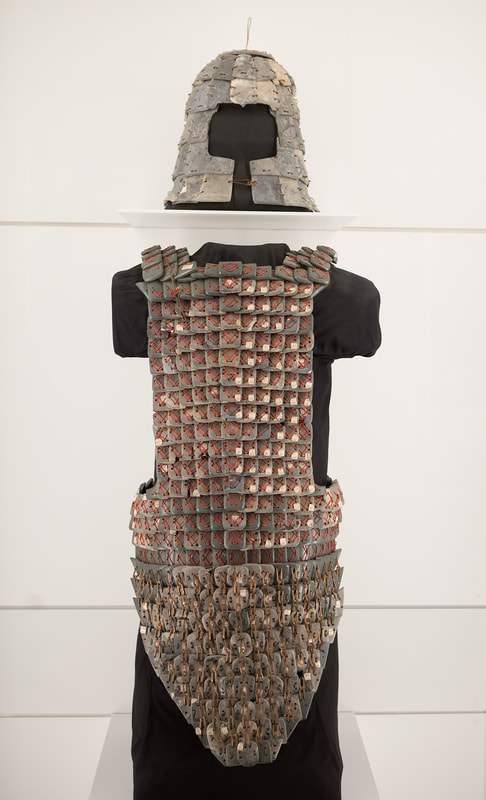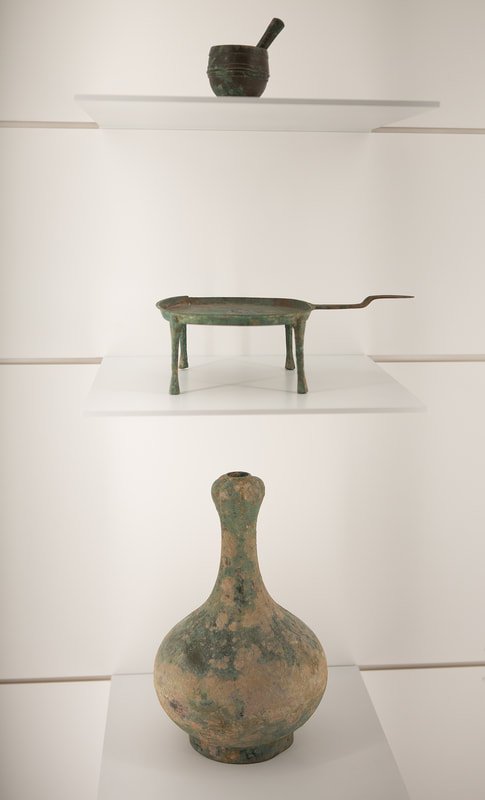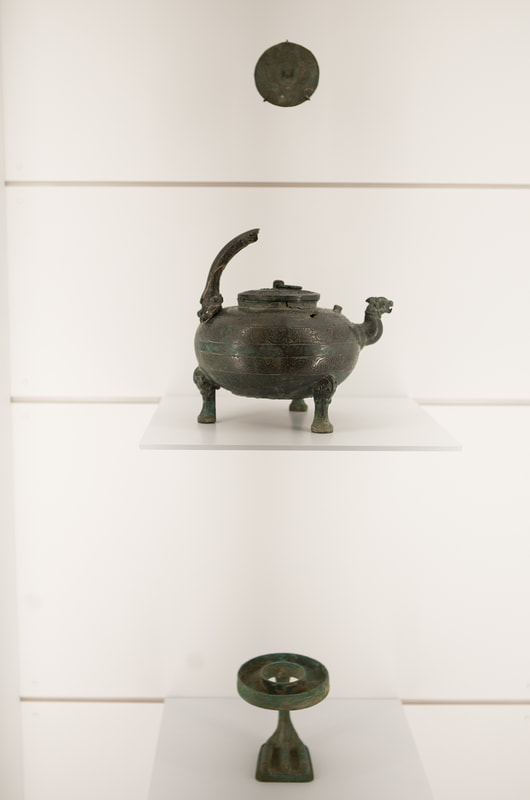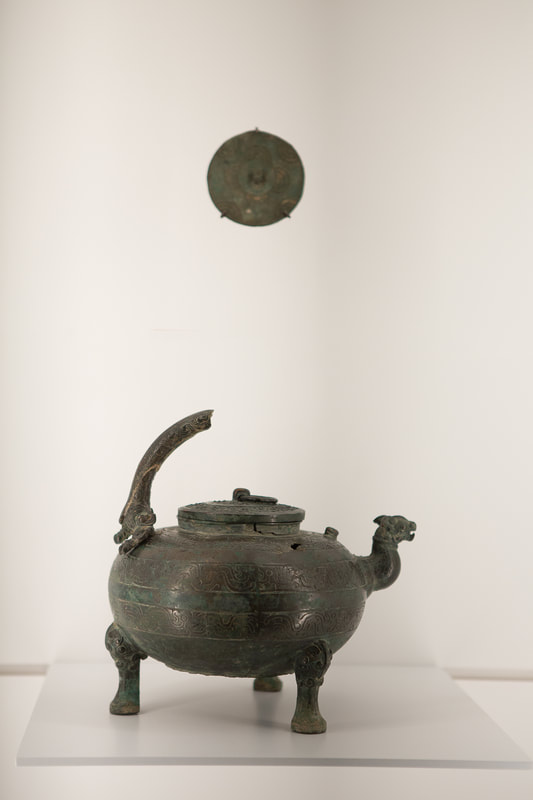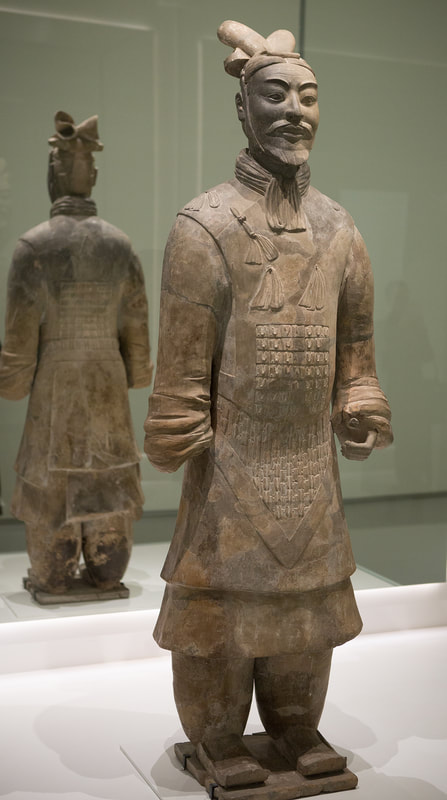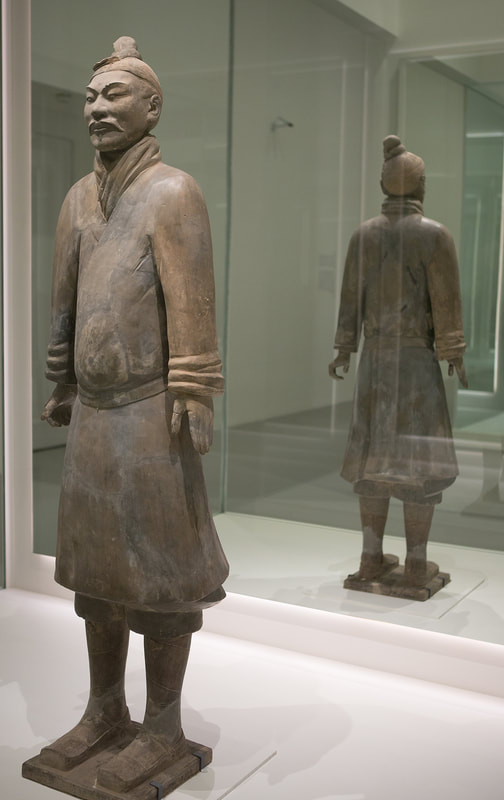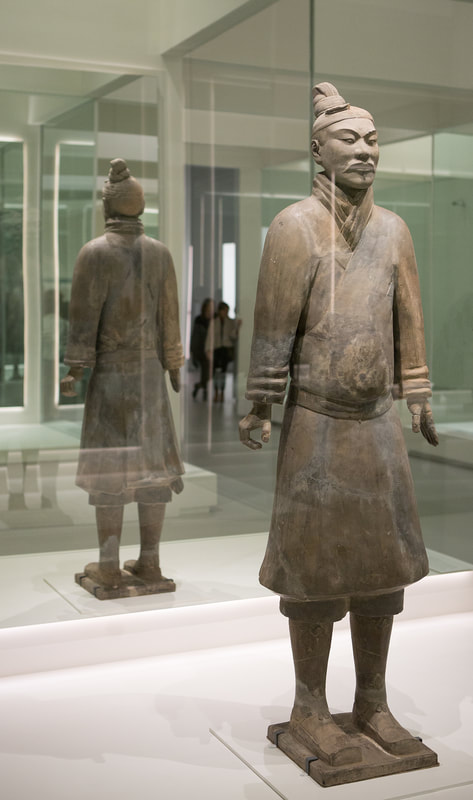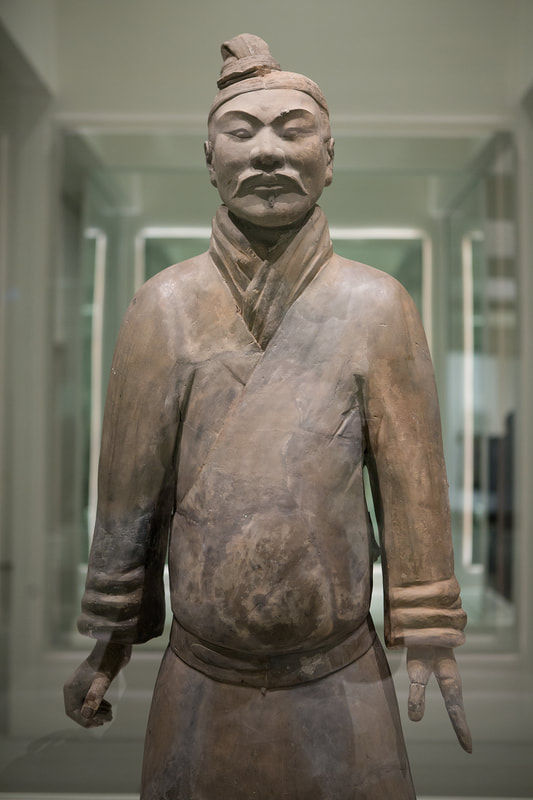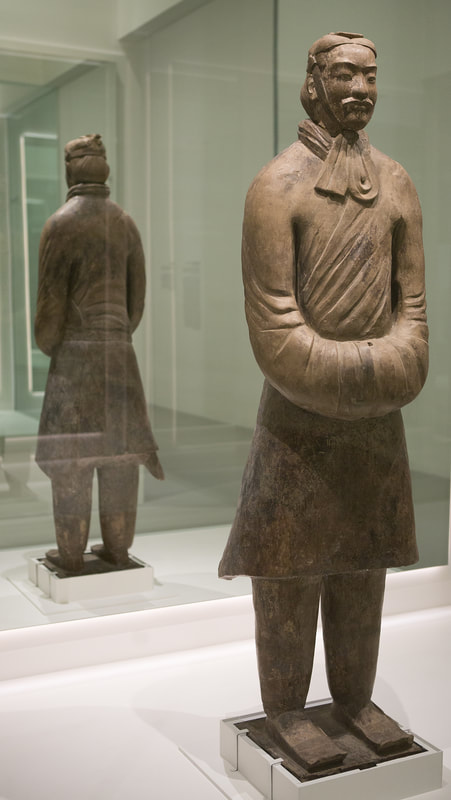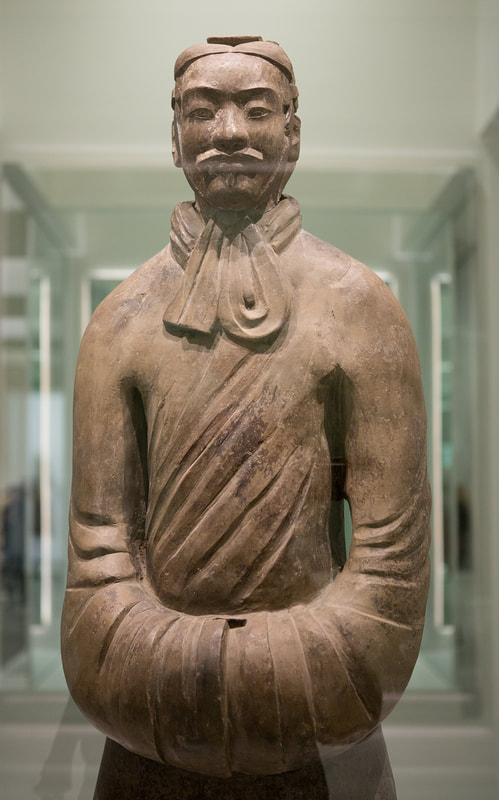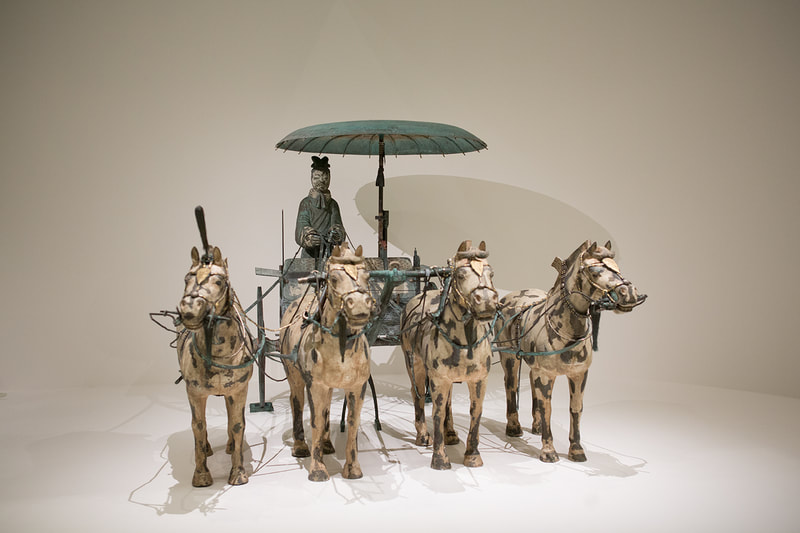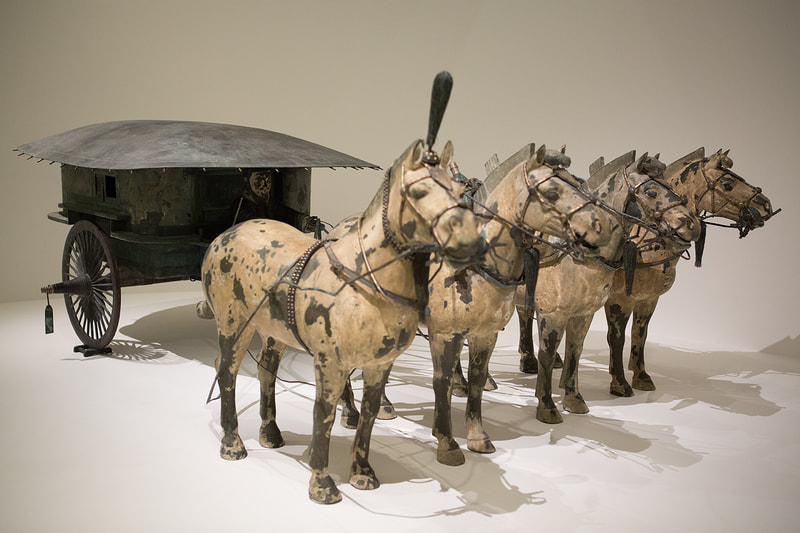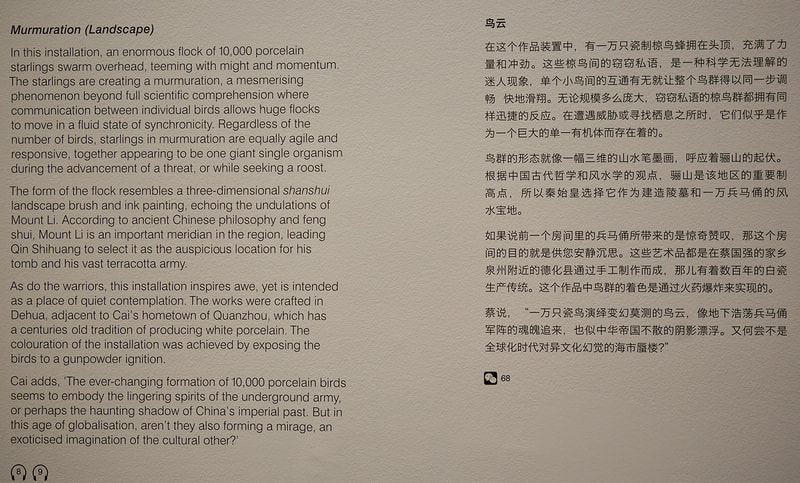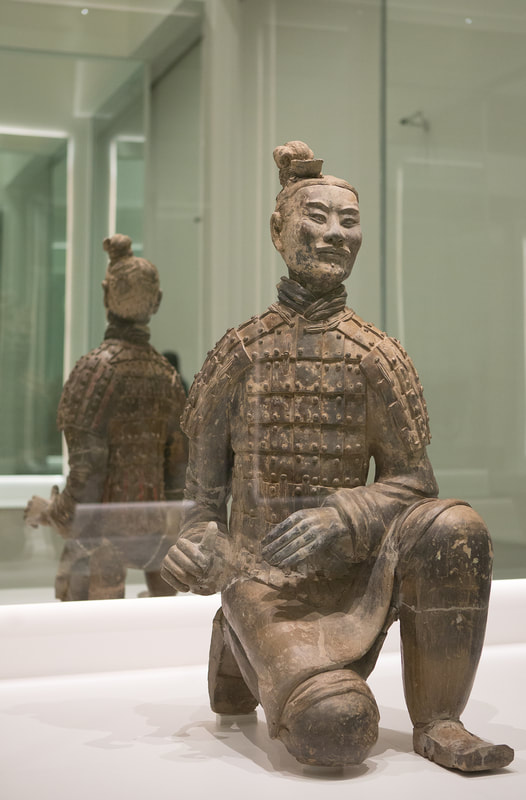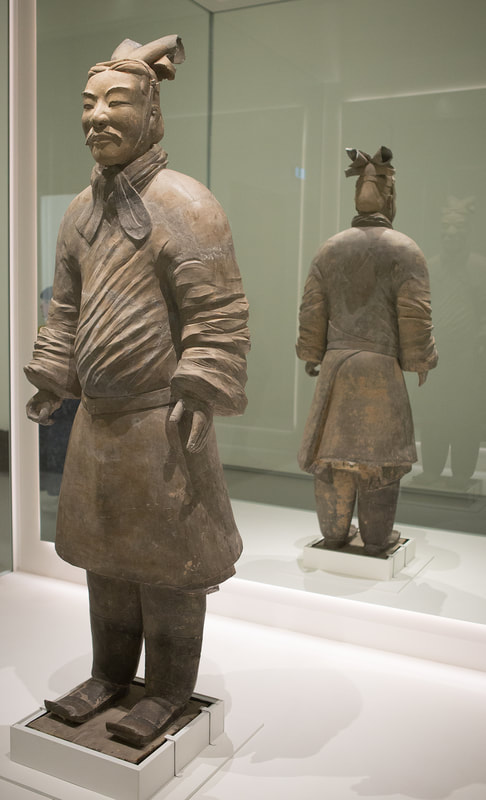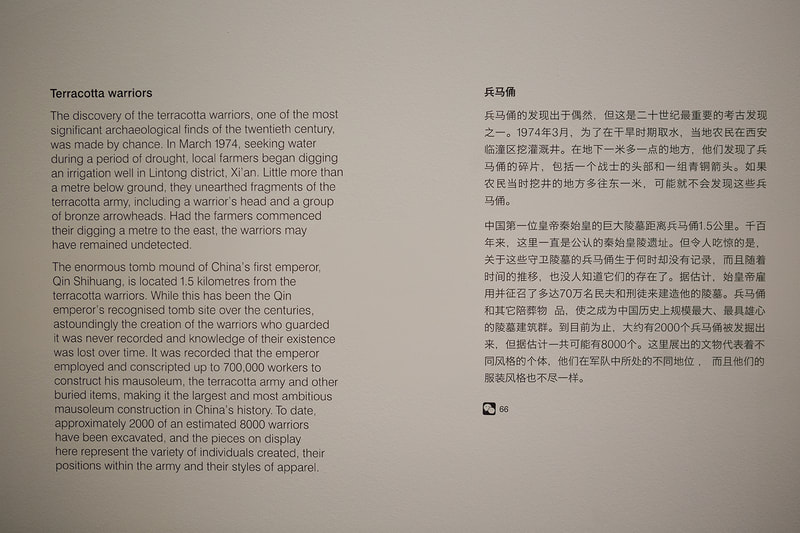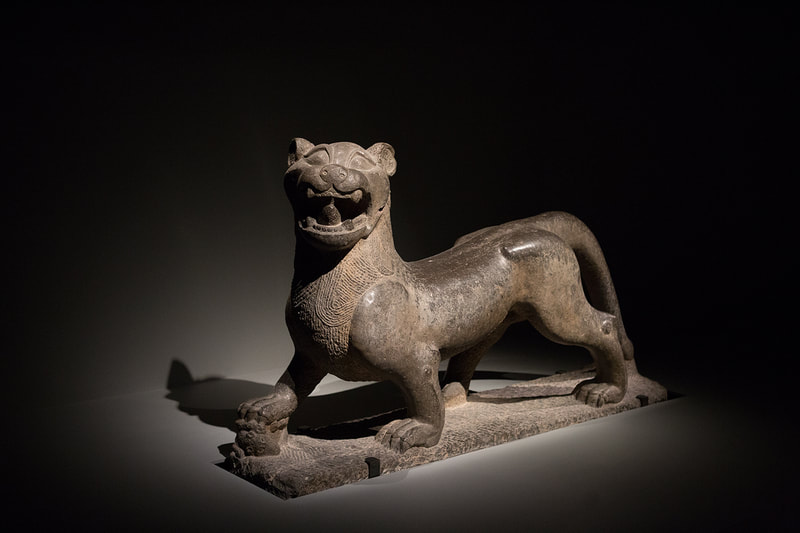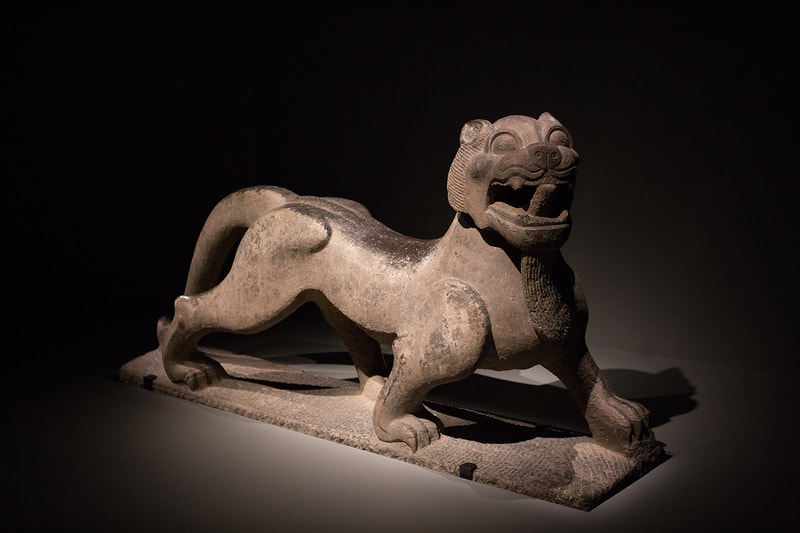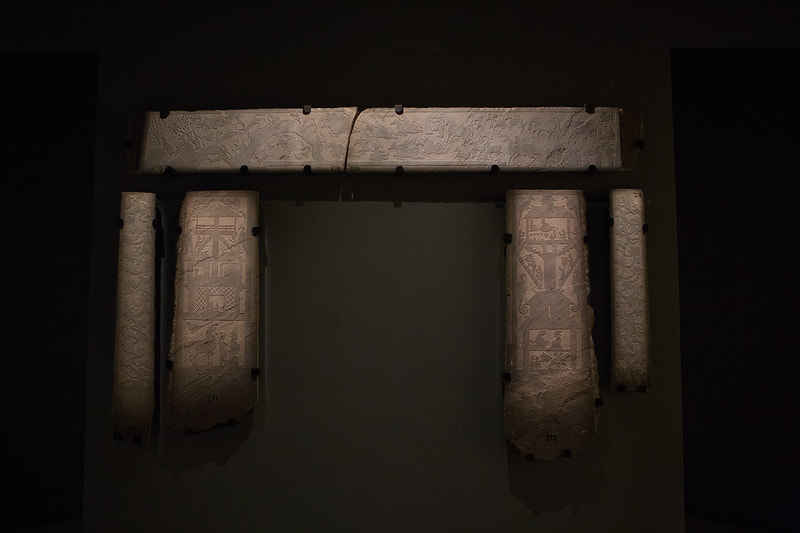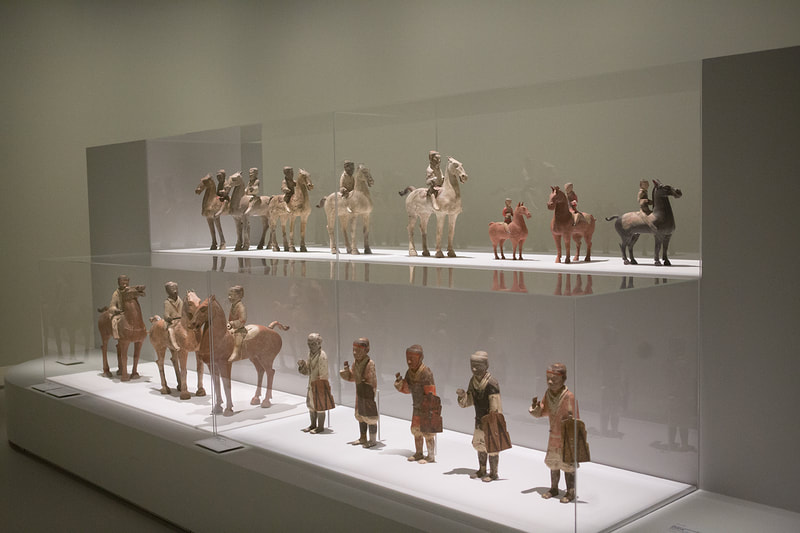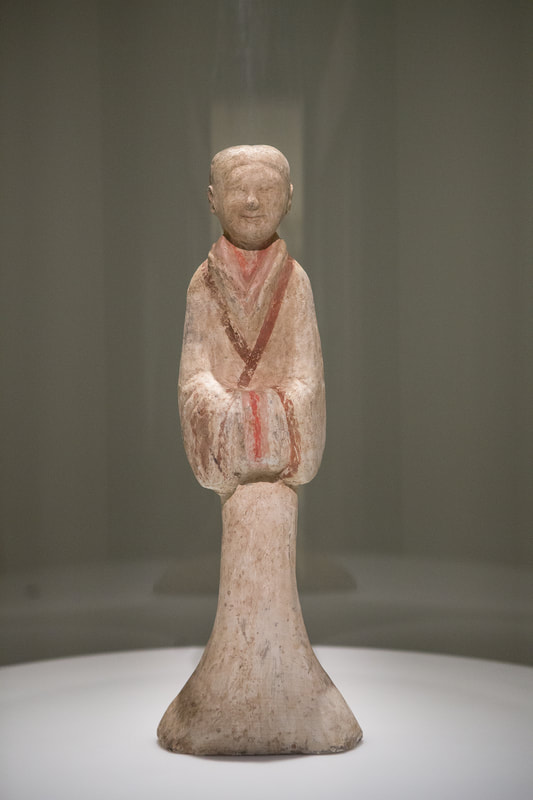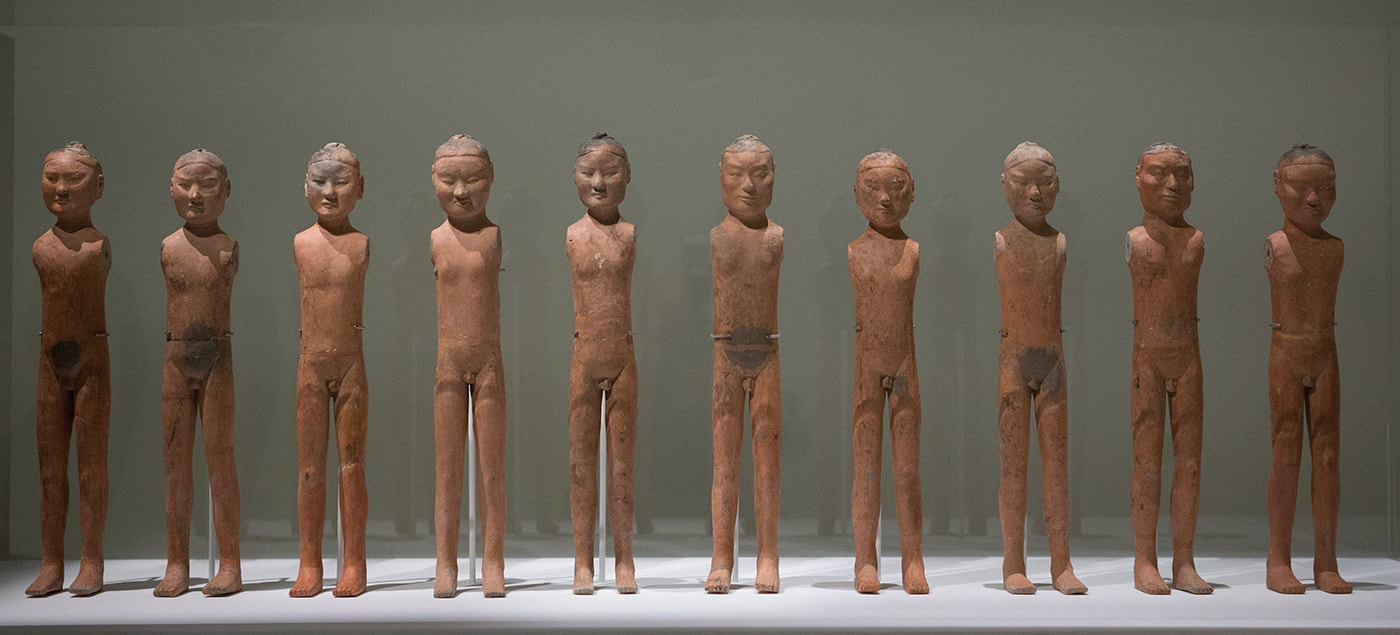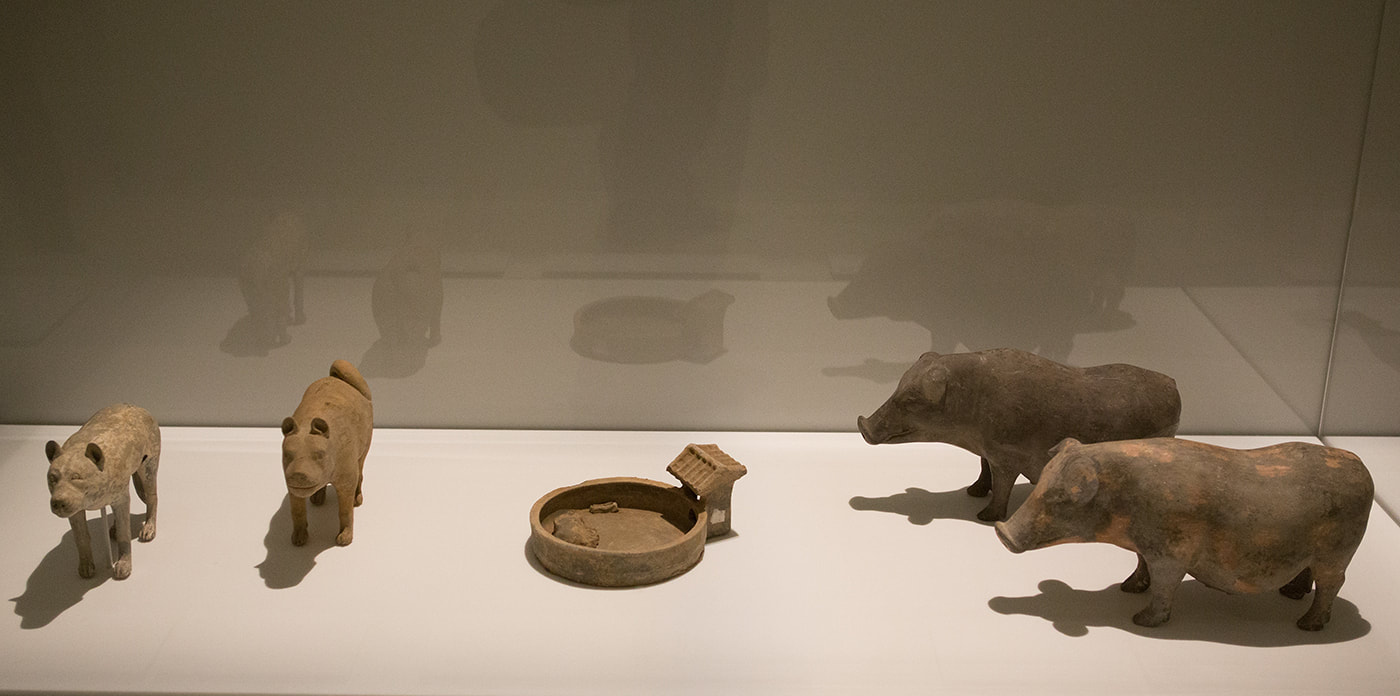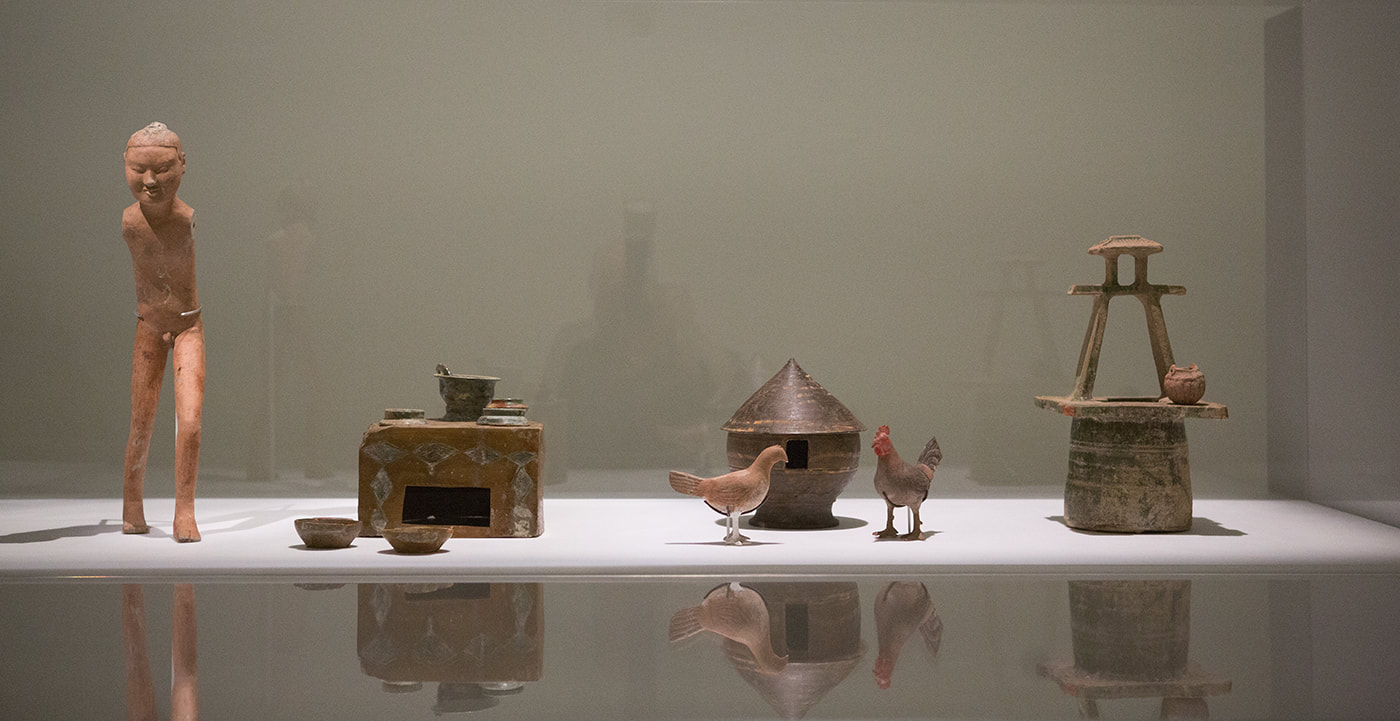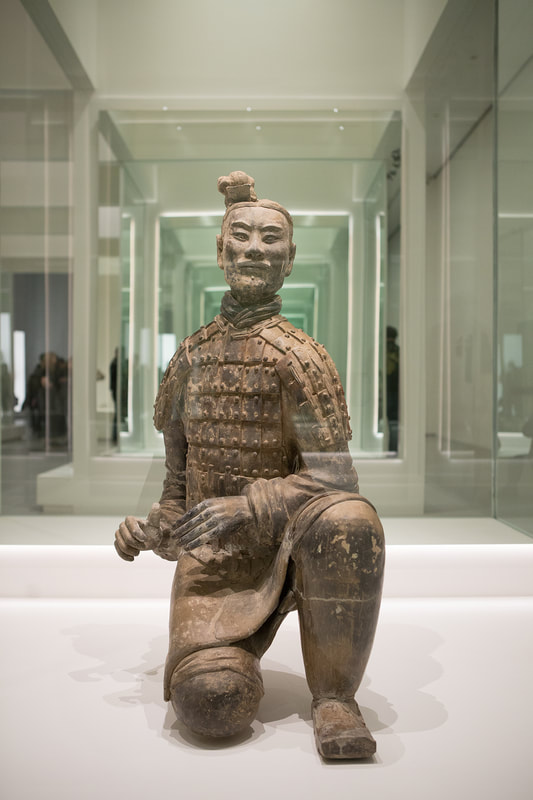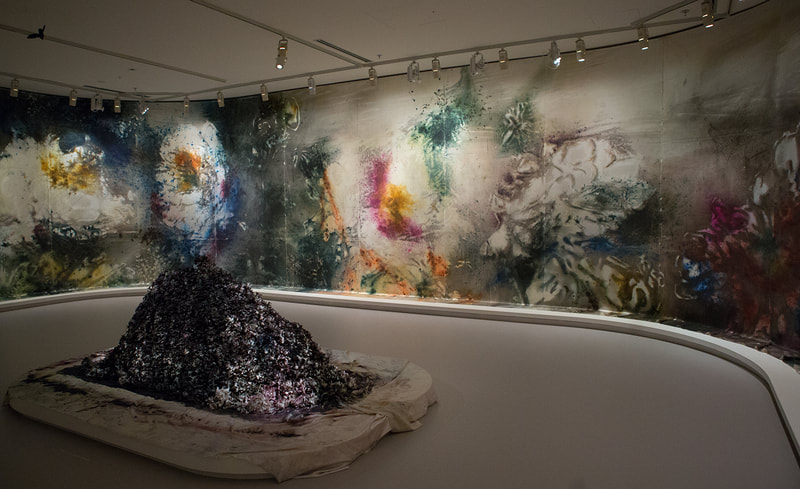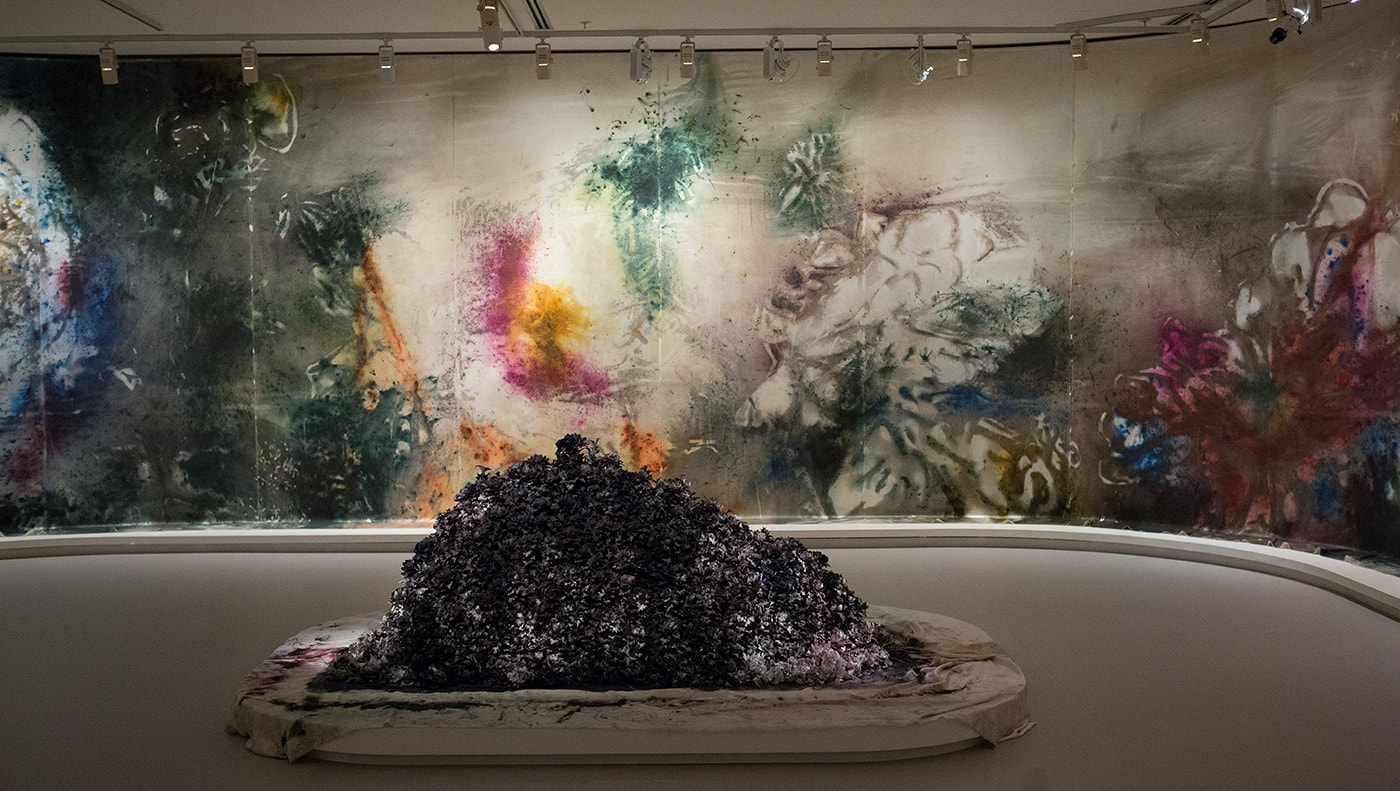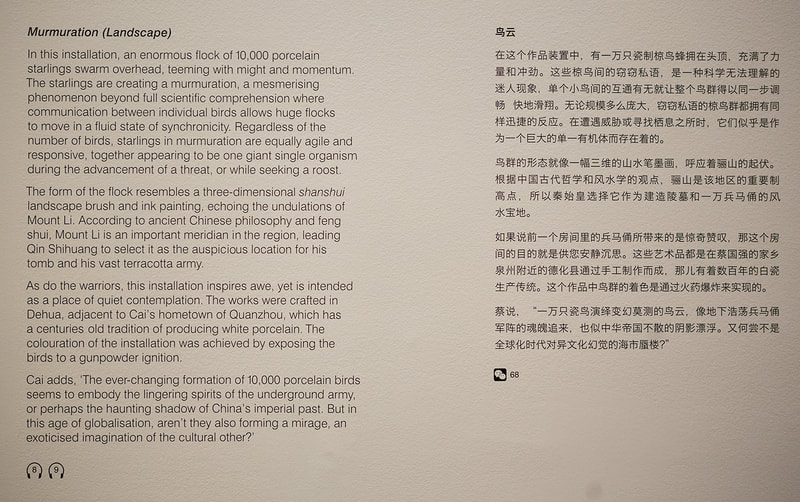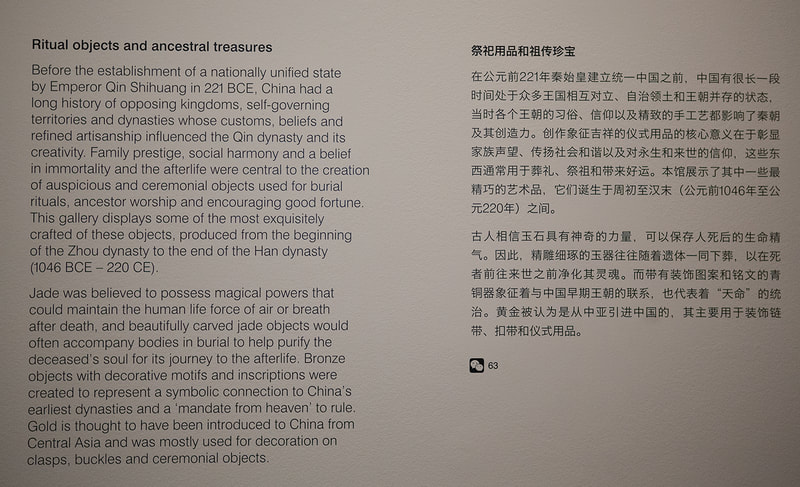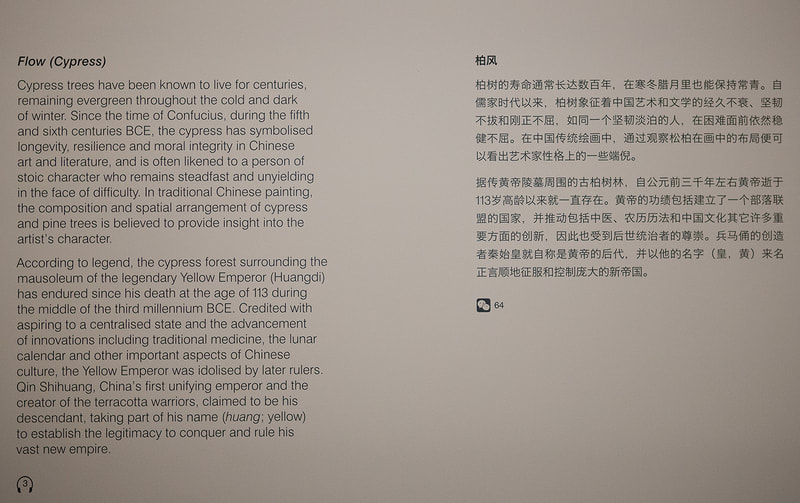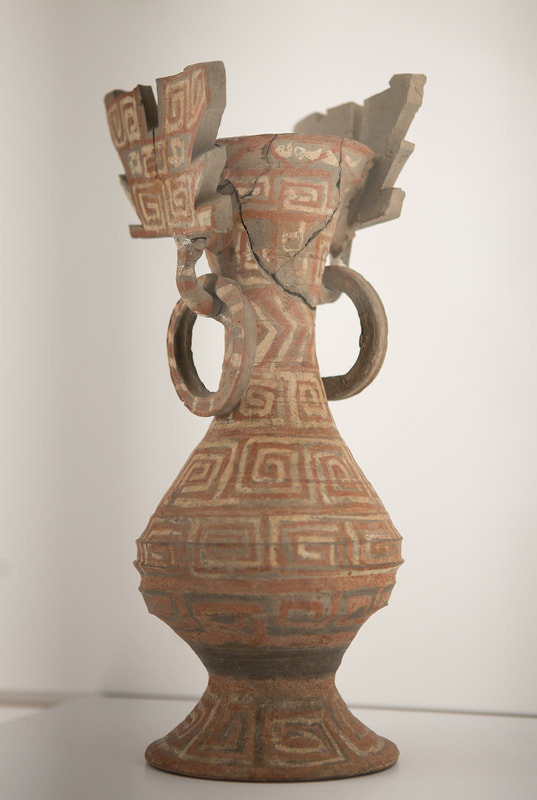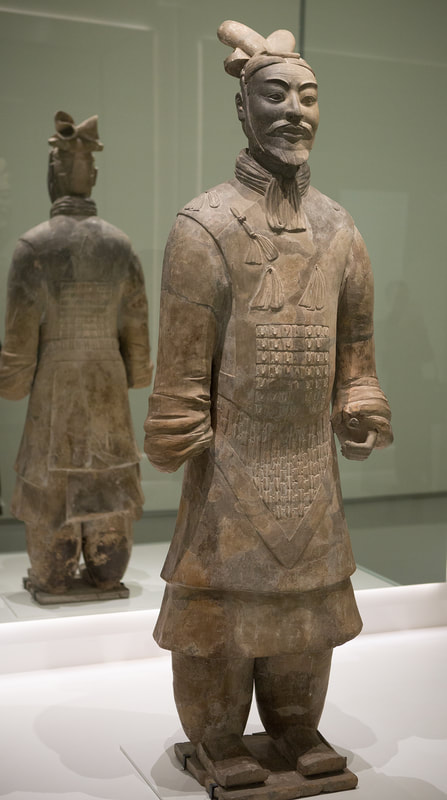We connect you with the top talents, celebrities, organsations and businesses in the world.
Happy reading!
Happy reading!
review: Susan Reynolds
Our media crew was lucky enough to be invited to the VIP and media opening exhibition event for coverage.
A visit to this NGV Melbourne Winter Masterpiece Exhibition will find you captivated by dramatic achievements in art. This is in terms of the scale and wonder of the Chinese Terracotta Warriors (you’ll see 8 monumental figures what they represent is the more than 8,000 warriors unearthed) they were originally made as "Guardians of Immortality” for the mausoleum of the first Emperor of China Qin Shihuong. The warriors were created over 2000 years ago for the first Emperor of a unified China Qin Shihuong. This Emperor had an intense desire and a quest for immortality, this army of warriors was made to protect him in his afterlife.
Discovered in 1974 this treasure has been often called the 8th Wonder of the World. There are 150 other ancient artefacts to appreciate in the exhibition providing an overview of the Qin Dynasty and also examples from the Han Dynasty.
The exhibition format is again a two-fold one like previous successful NGV events. The other component of the MWM is named “The Transient Landscape” by Contemporary artist Cai Guo-Qiang. This artist has a multi disciplinary approach with a personal ethos to challenge our assumptions that ancient and contemporary ideas can’t relate. You’ll be left aghast by a major piece called “Murmuration” an installation of more than 10,000 porcelain birds. “The flock spirals over the heads of visitors to recreate the shape of Mount Li". As you proceed into the gallery this sight is breathtaking. The artist has a deep soul connection to the principles of Chinese culture and art. His inspirations for this piece come from his visit to the tomb of the Emperor Qin Shihuong.
Another work by Cai Guo-Qiang is the a 360 degree mural where the focus is the Peony. The silk panels created by the effects of gunpowder. This vision is that of a contemporary artist connecting with the nature of the flower its ethereal limitations. The Peony is known as the king of flowers in China and is often featured in Chinese art and symbol of virtue, honour and prosperity. This work is the result of carefully drafted drawings where the designated gunpowder is ignited. Gunpowder an important invention from in China dating back to 850AD has featured in Cai’s work for 30 years and the material he says has a spontaneity and unpredictability which interests him. Cai has other examples of his fascinating art with his unique approach employing materials such as paper, silk, porcelain and gunpowder.
Some facts which i found personally interesting
: the warriors were originally painted in bright colours. Flesh tones were employed and brown pigment used on hair and eyes.
: A mind boggling 700,000 workers were involved in building the mausoleum
: About the terracotta horses …horses very important for warfare and work. Teams of 4 horses pulled chariots and 100 warriors clustered around a chariot which was an essential component in the terracottas army formation
: human and animal sacrifices were made for the tomb there were female concubines remains and and artisans were buried alive. There was animals slaughter as well
Review by Susan Reynolds
A visit to this NGV Melbourne Winter Masterpiece Exhibition will find you captivated by dramatic achievements in art. This is in terms of the scale and wonder of the Chinese Terracotta Warriors (you’ll see 8 monumental figures what they represent is the more than 8,000 warriors unearthed) they were originally made as "Guardians of Immortality” for the mausoleum of the first Emperor of China Qin Shihuong. The warriors were created over 2000 years ago for the first Emperor of a unified China Qin Shihuong. This Emperor had an intense desire and a quest for immortality, this army of warriors was made to protect him in his afterlife.
Discovered in 1974 this treasure has been often called the 8th Wonder of the World. There are 150 other ancient artefacts to appreciate in the exhibition providing an overview of the Qin Dynasty and also examples from the Han Dynasty.
The exhibition format is again a two-fold one like previous successful NGV events. The other component of the MWM is named “The Transient Landscape” by Contemporary artist Cai Guo-Qiang. This artist has a multi disciplinary approach with a personal ethos to challenge our assumptions that ancient and contemporary ideas can’t relate. You’ll be left aghast by a major piece called “Murmuration” an installation of more than 10,000 porcelain birds. “The flock spirals over the heads of visitors to recreate the shape of Mount Li". As you proceed into the gallery this sight is breathtaking. The artist has a deep soul connection to the principles of Chinese culture and art. His inspirations for this piece come from his visit to the tomb of the Emperor Qin Shihuong.
Another work by Cai Guo-Qiang is the a 360 degree mural where the focus is the Peony. The silk panels created by the effects of gunpowder. This vision is that of a contemporary artist connecting with the nature of the flower its ethereal limitations. The Peony is known as the king of flowers in China and is often featured in Chinese art and symbol of virtue, honour and prosperity. This work is the result of carefully drafted drawings where the designated gunpowder is ignited. Gunpowder an important invention from in China dating back to 850AD has featured in Cai’s work for 30 years and the material he says has a spontaneity and unpredictability which interests him. Cai has other examples of his fascinating art with his unique approach employing materials such as paper, silk, porcelain and gunpowder.
Some facts which i found personally interesting
: the warriors were originally painted in bright colours. Flesh tones were employed and brown pigment used on hair and eyes.
: A mind boggling 700,000 workers were involved in building the mausoleum
: About the terracotta horses …horses very important for warfare and work. Teams of 4 horses pulled chariots and 100 warriors clustered around a chariot which was an essential component in the terracottas army formation
: human and animal sacrifices were made for the tomb there were female concubines remains and and artisans were buried alive. There was animals slaughter as well
Review by Susan Reynolds
video by P.D.
photography: Tony Collins
Bohemian Rhapsody Weekly Magazine expresses its special thanks to the managers and organisers of the exhibition (and personally to the marketing NGV team: Marion Joseph, Remy Chancerel, Tim Jones, Bonnie Horne, Vanessa Lastro and Briana Tomasino ) for the invite and opportunity to cover the exhibition as well as to P.D for this amazing art work
|
Unique visitors:
|
|
|
|


